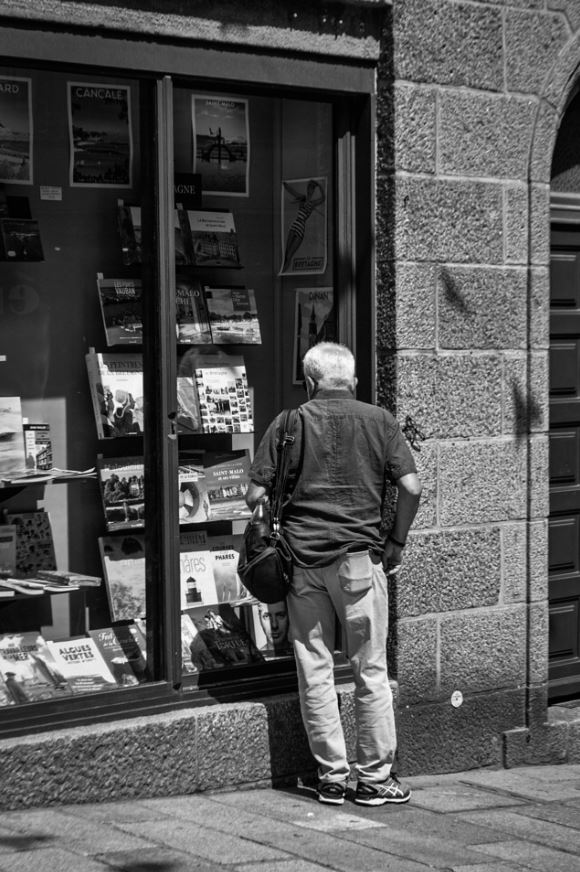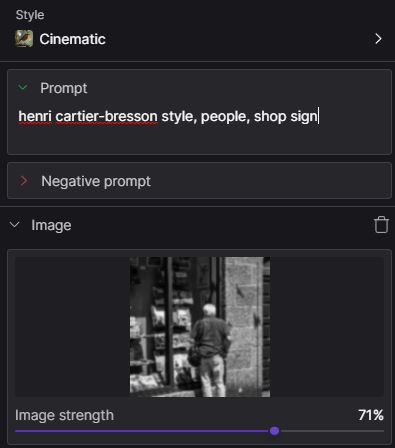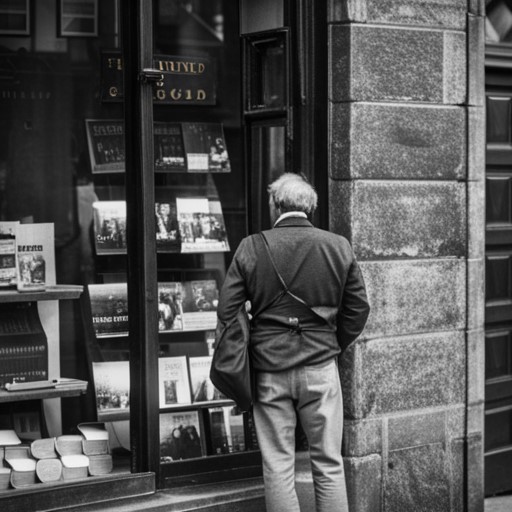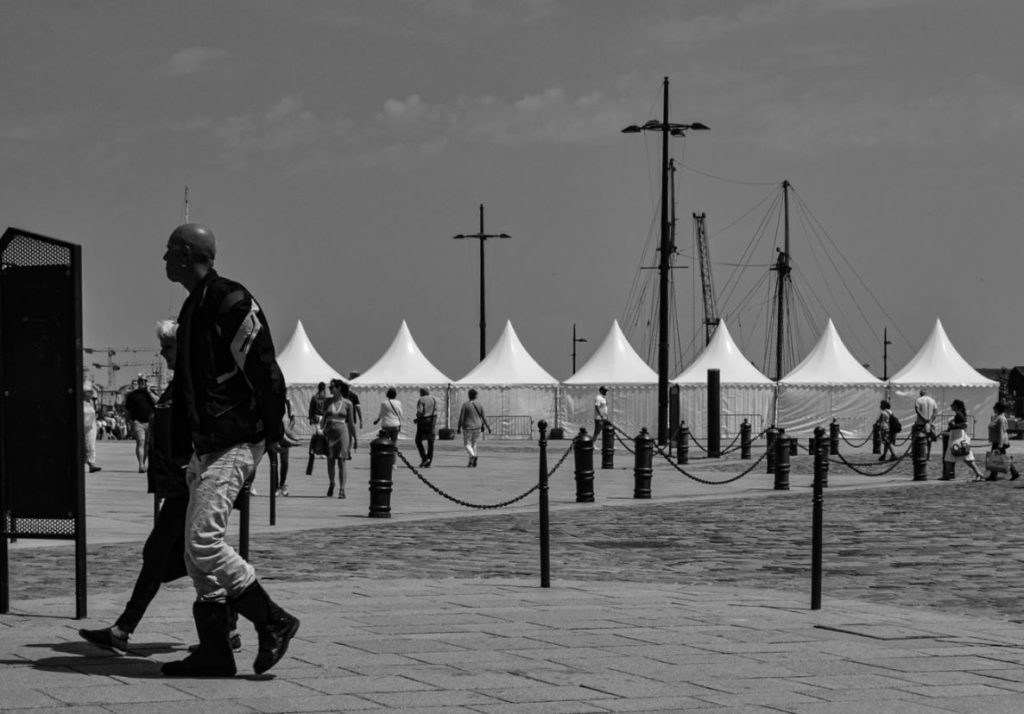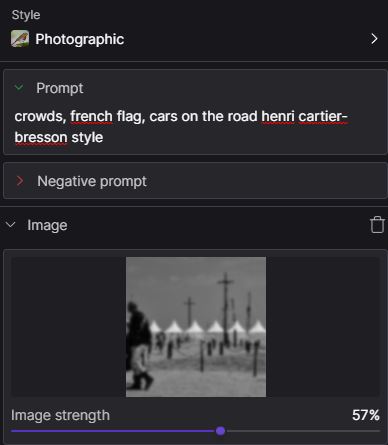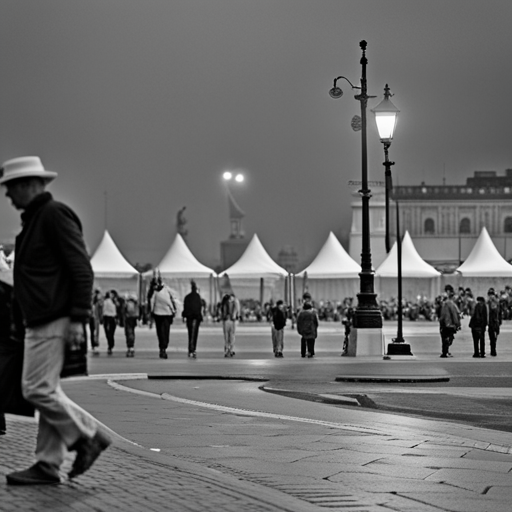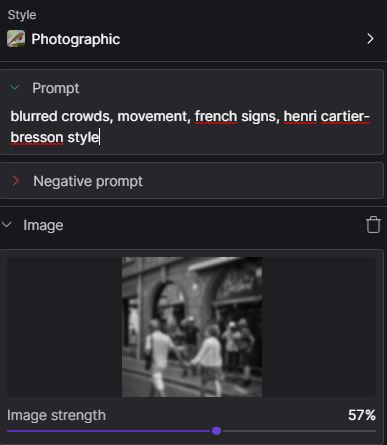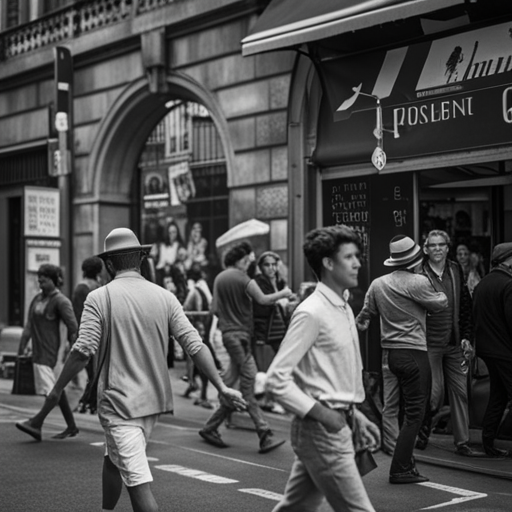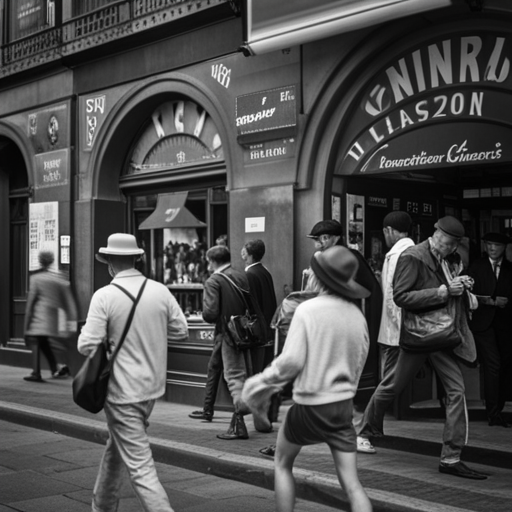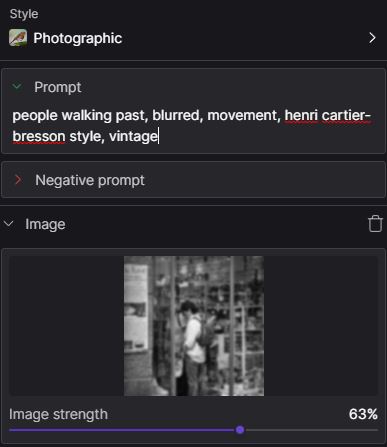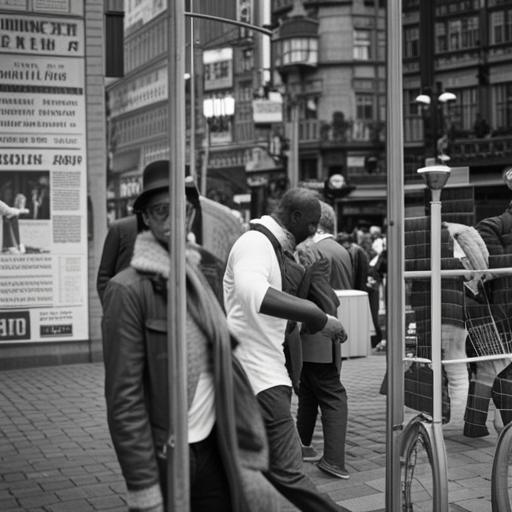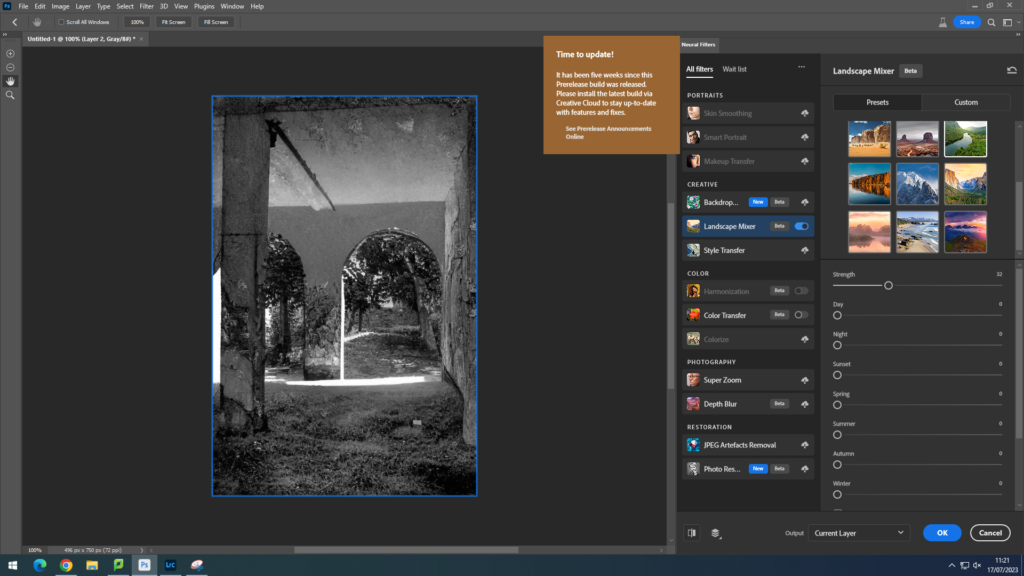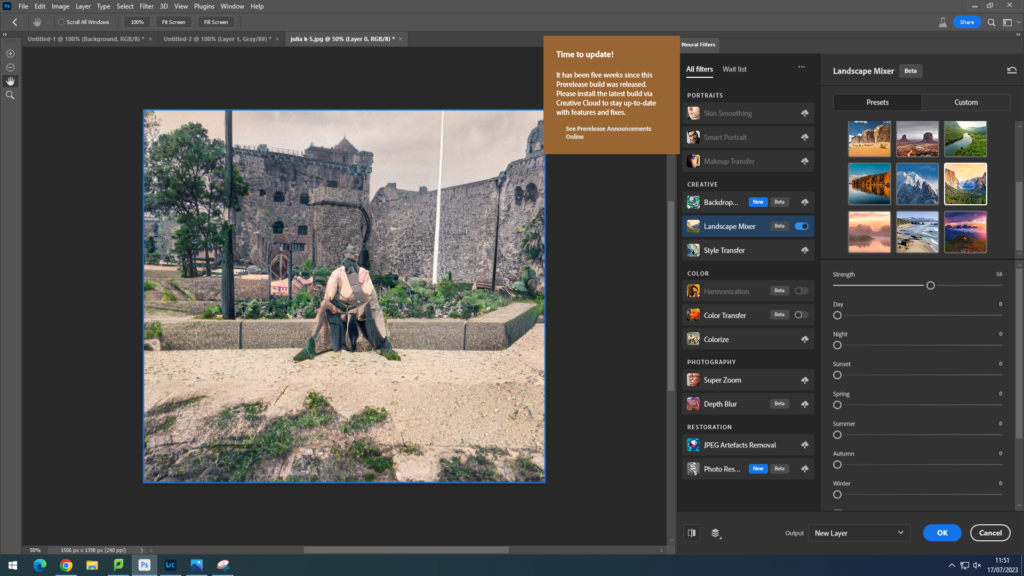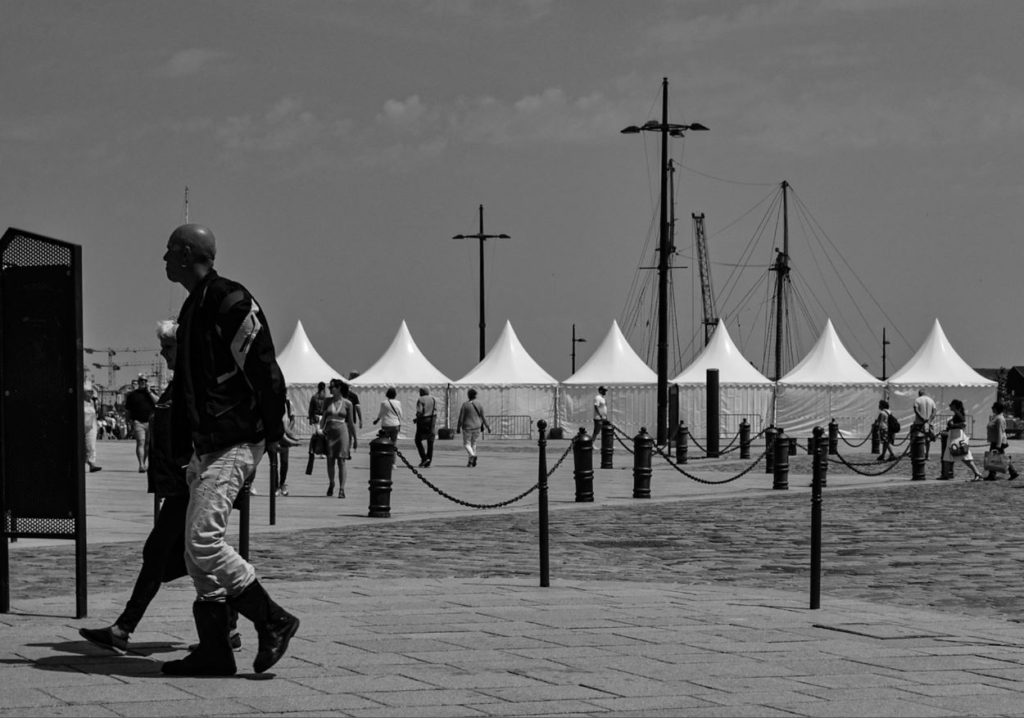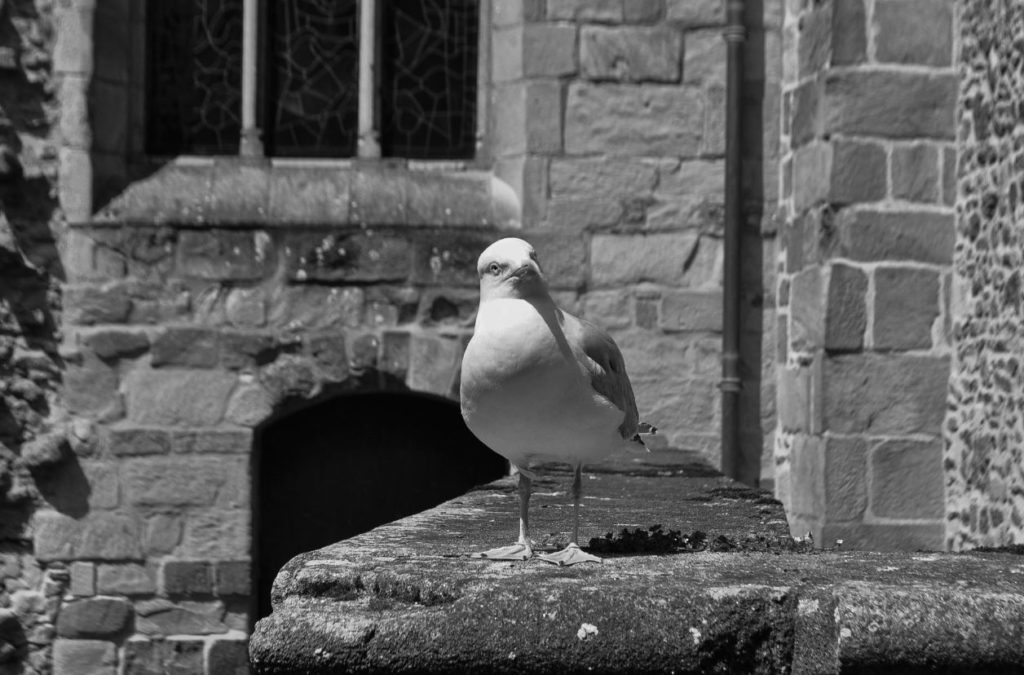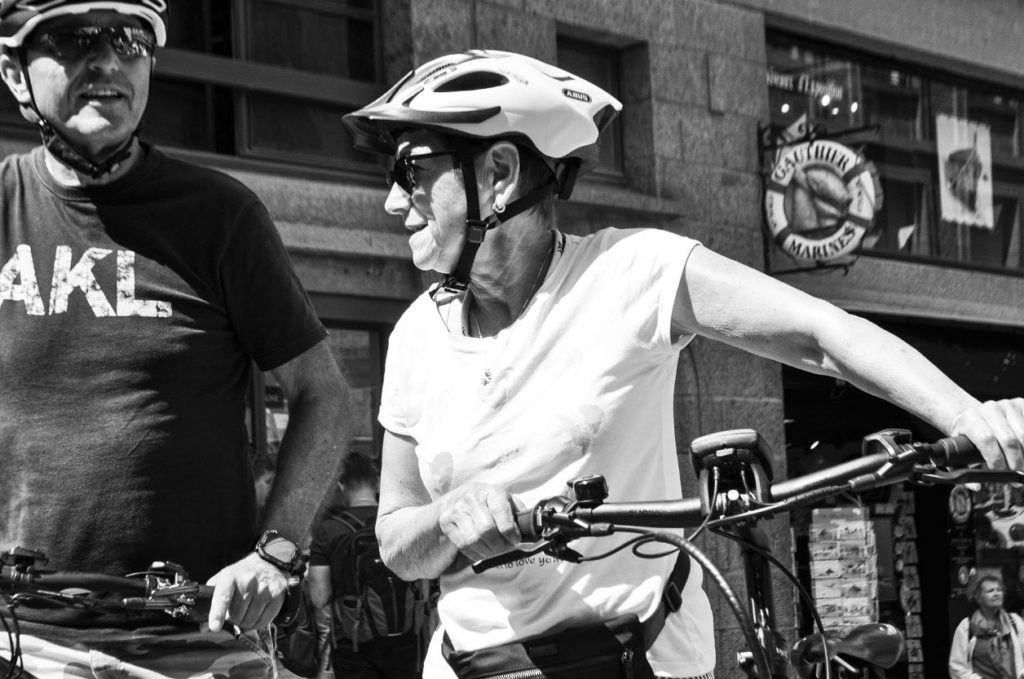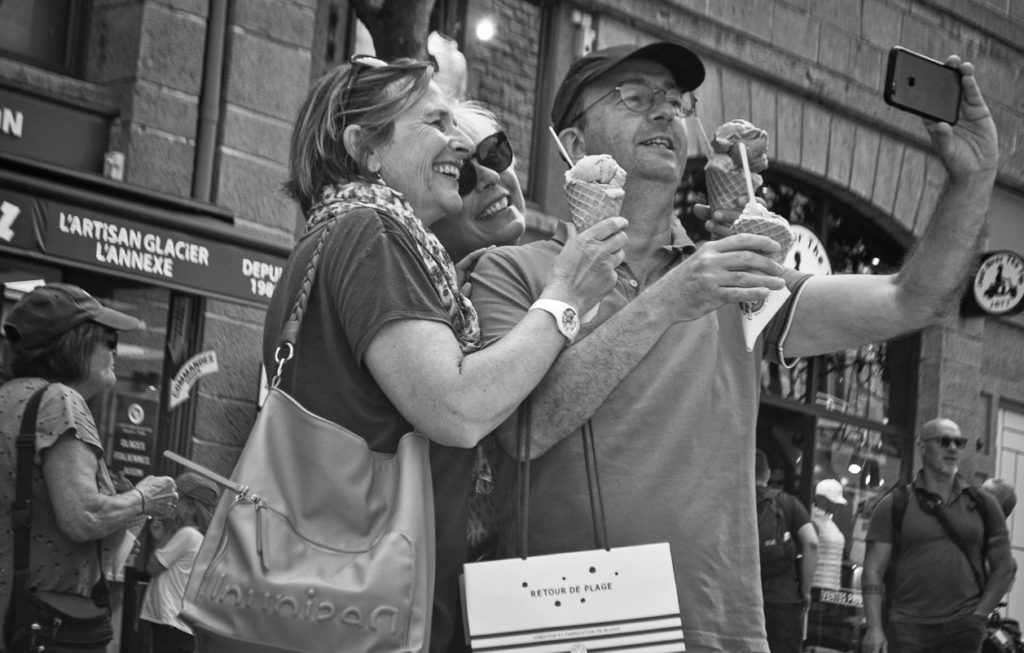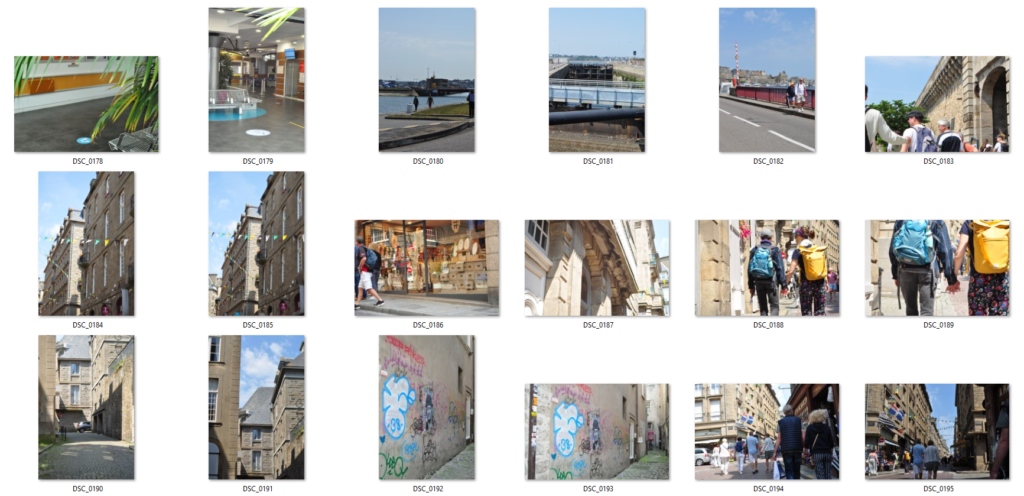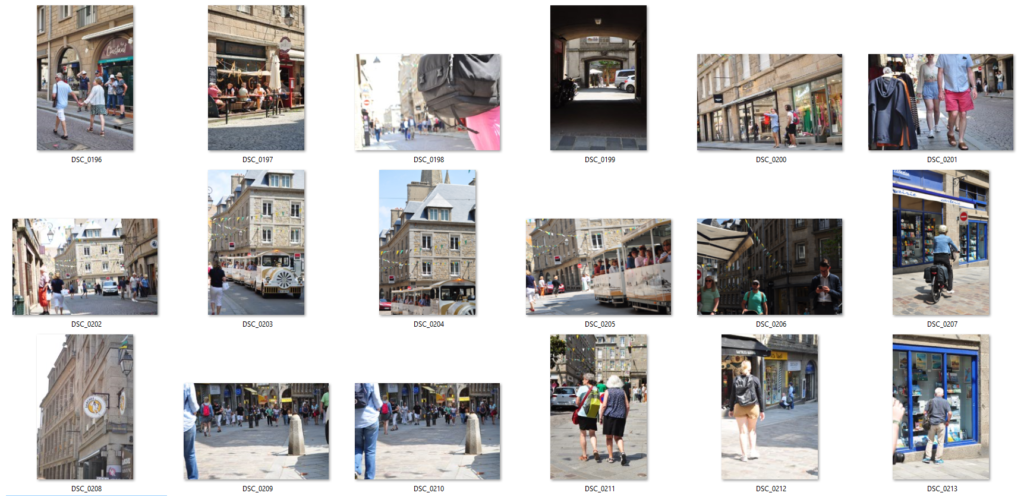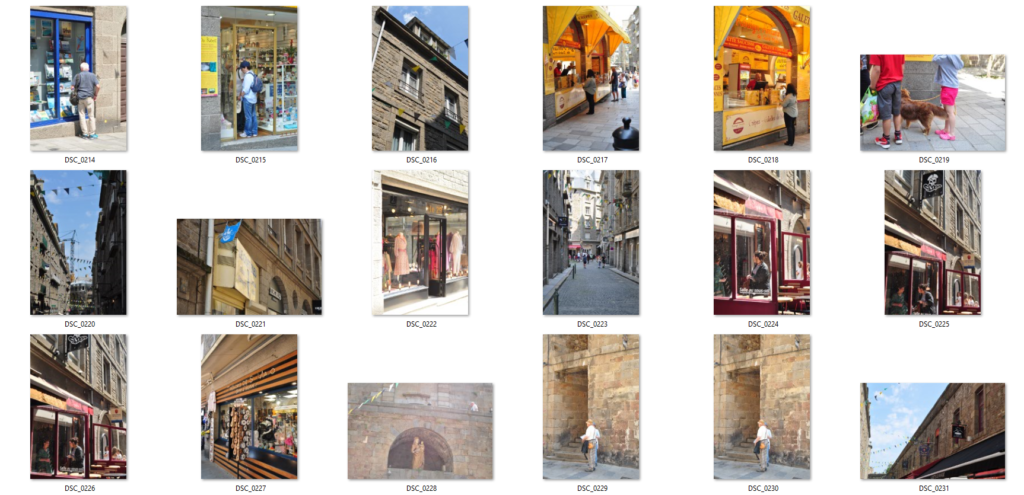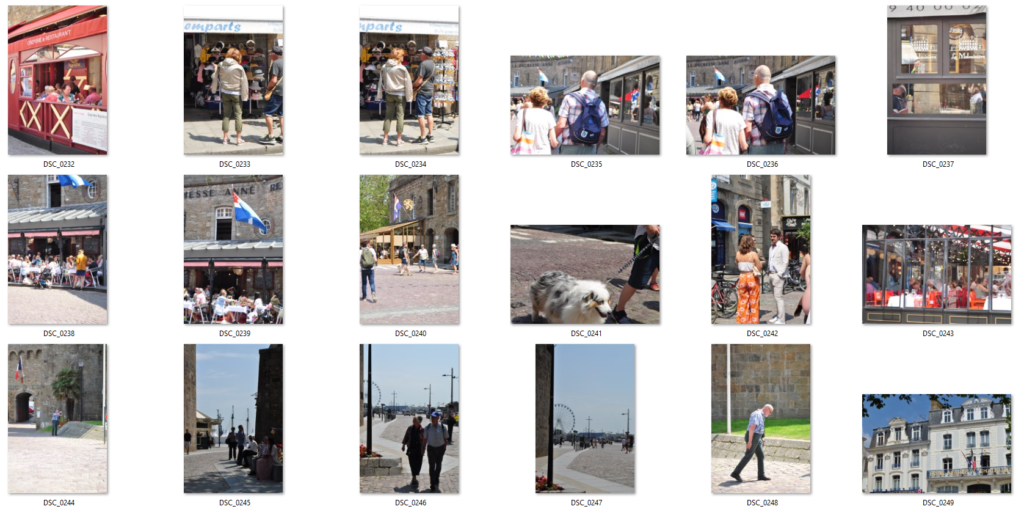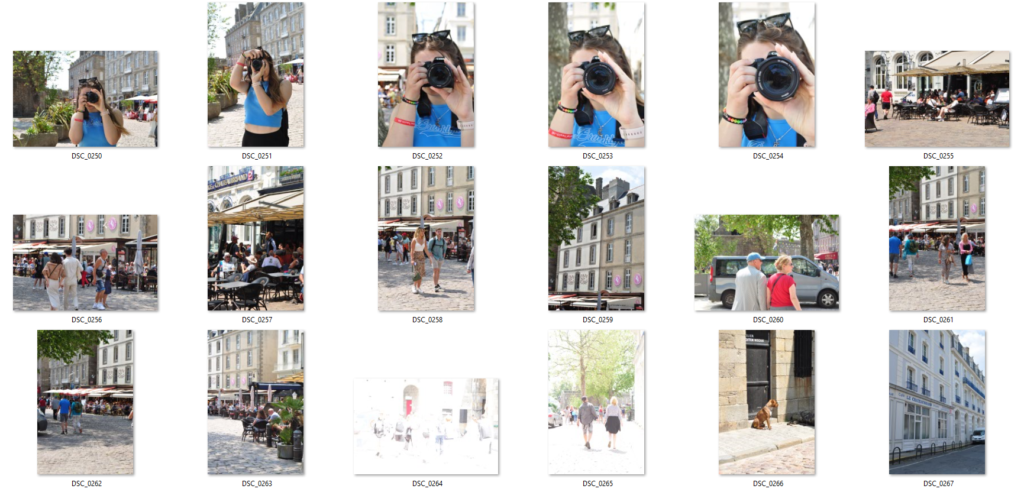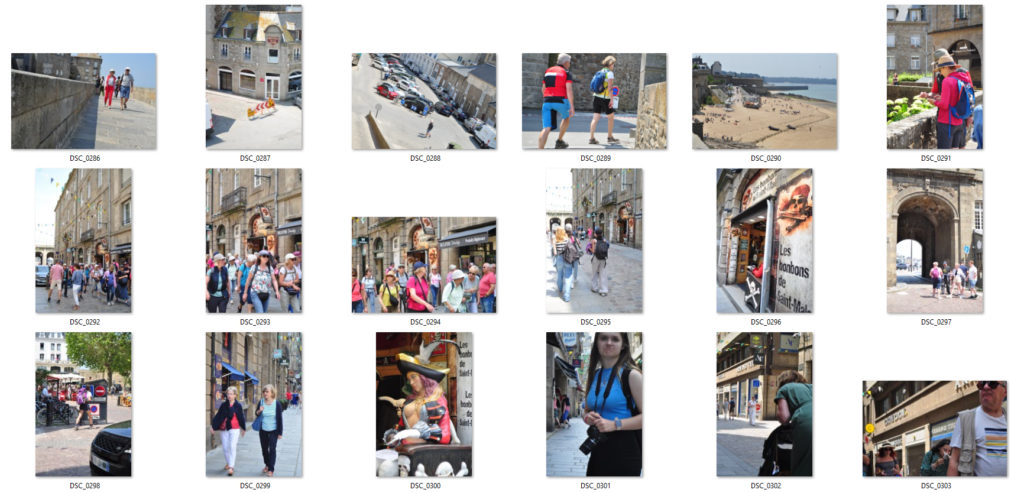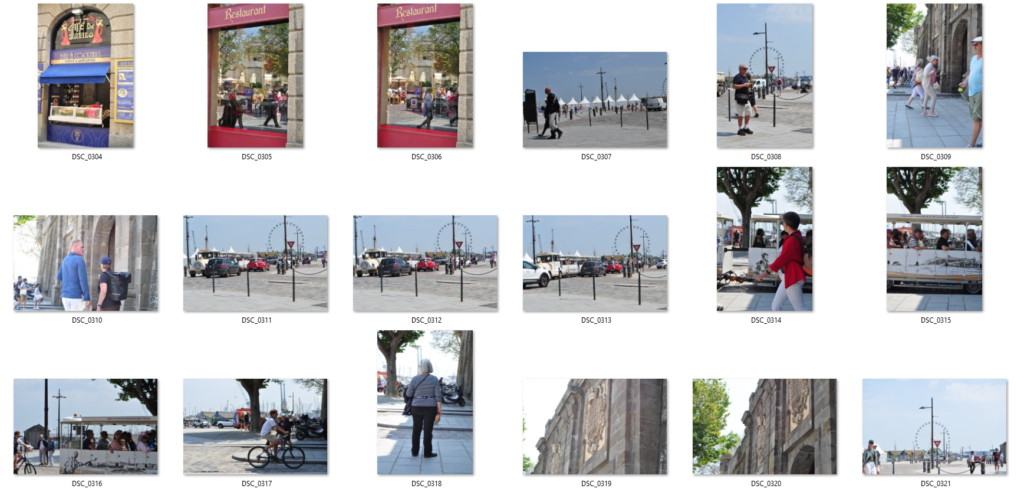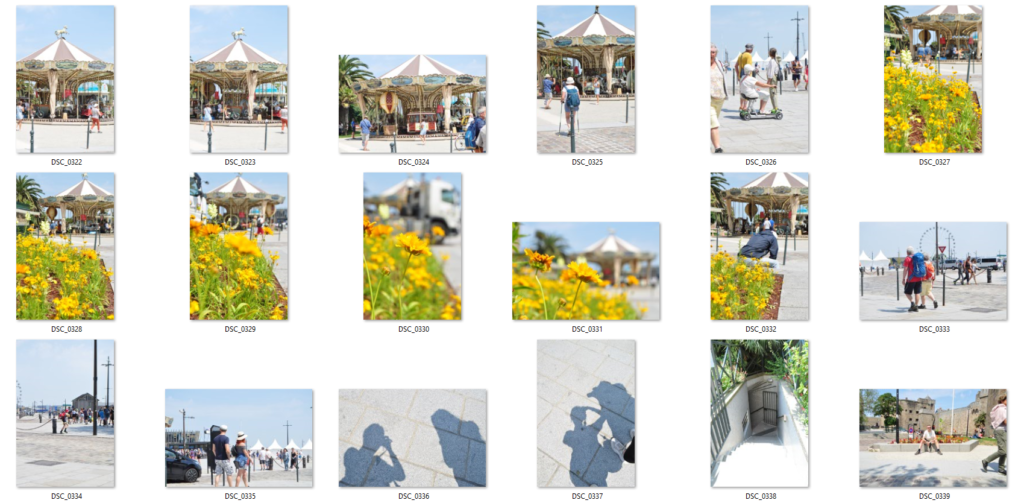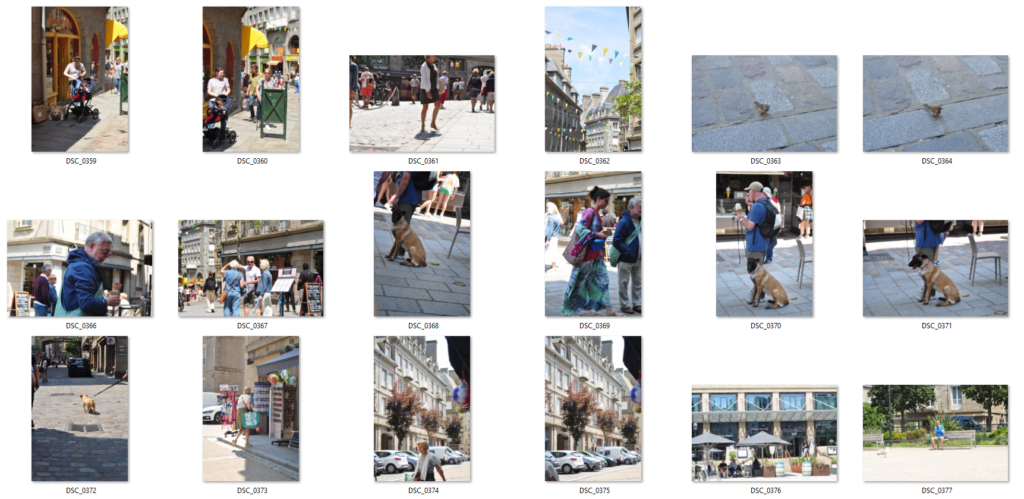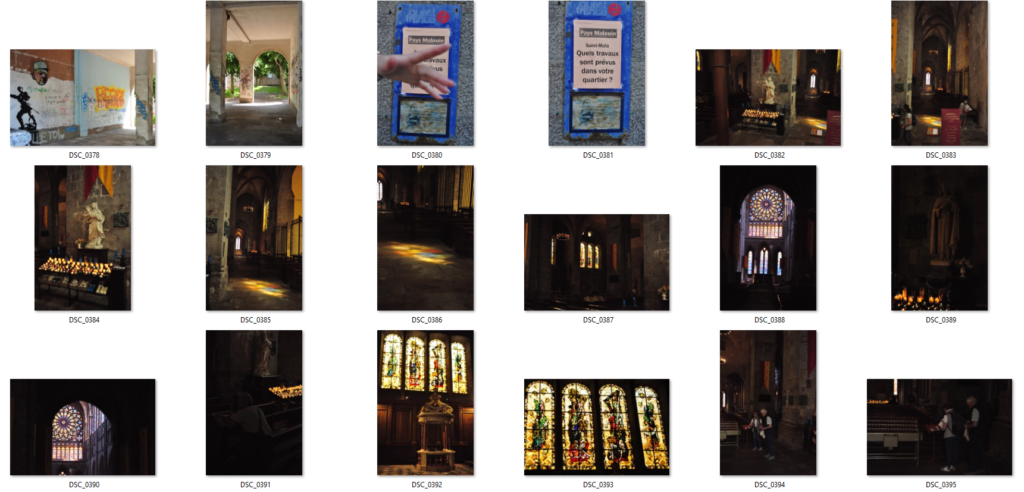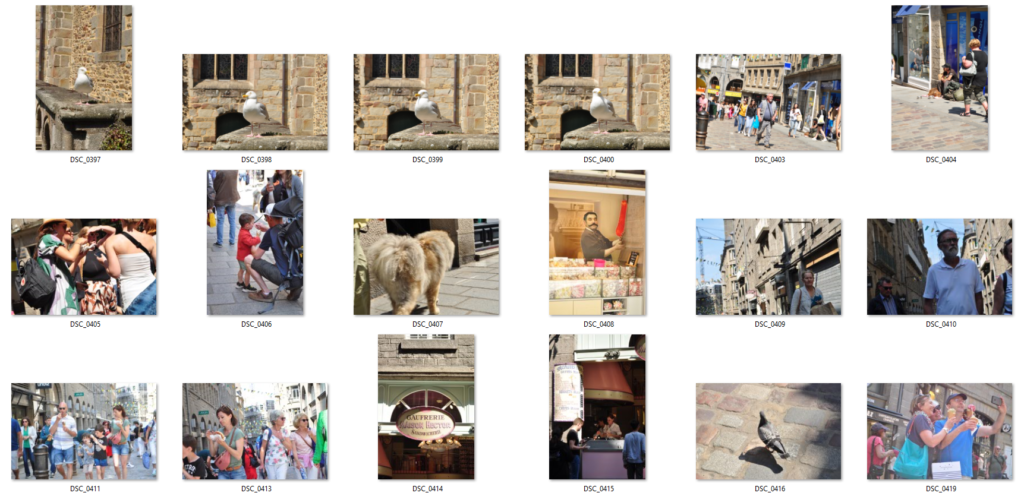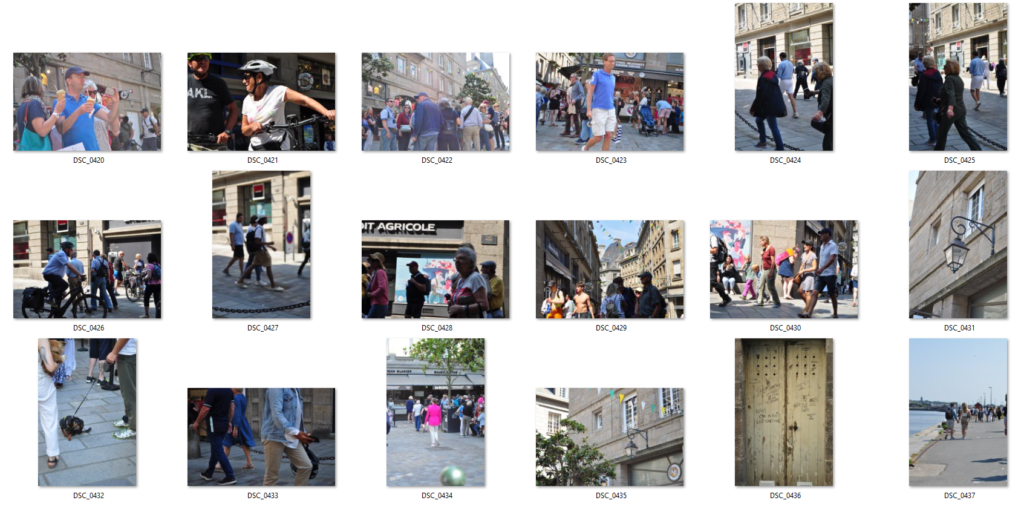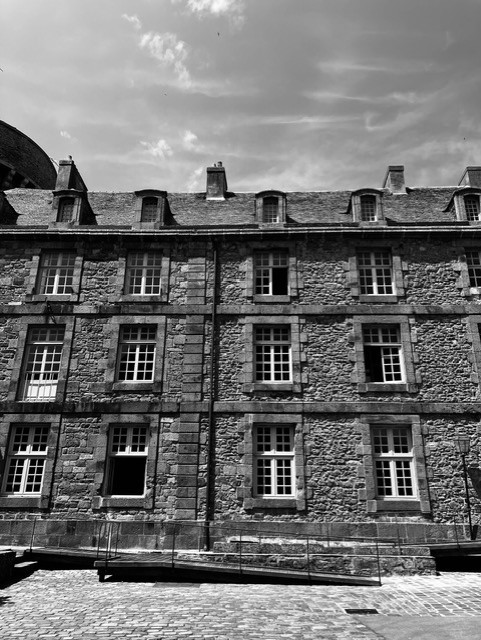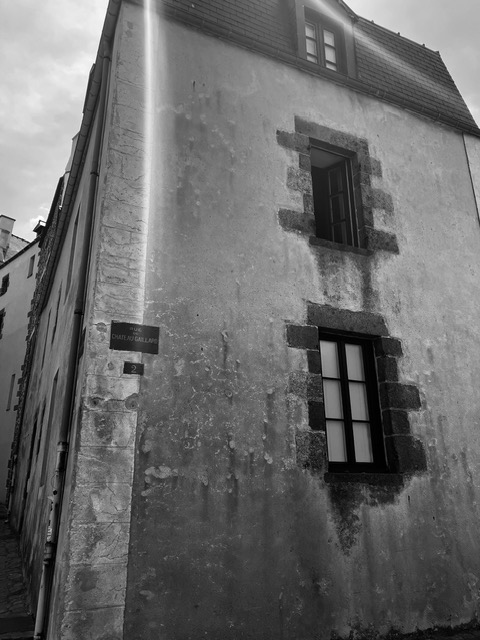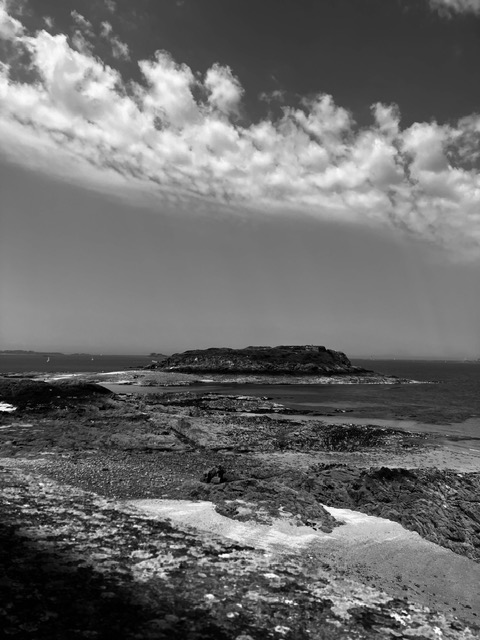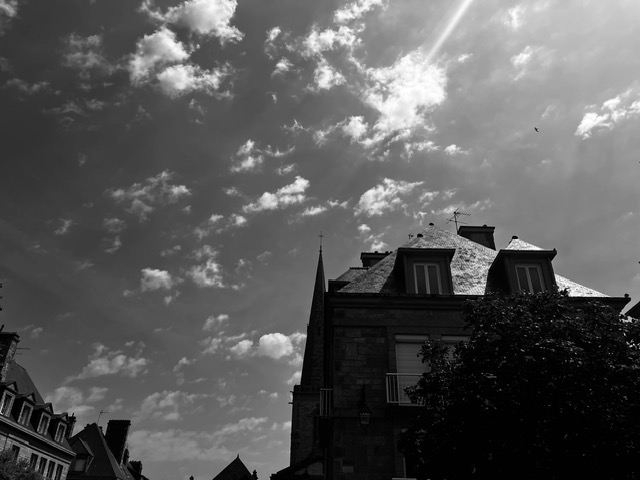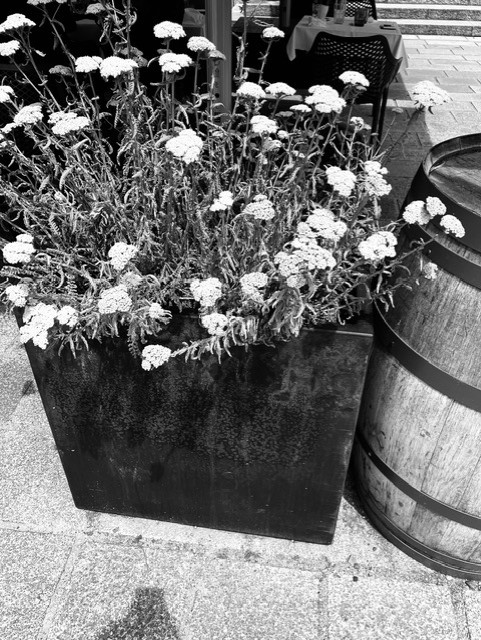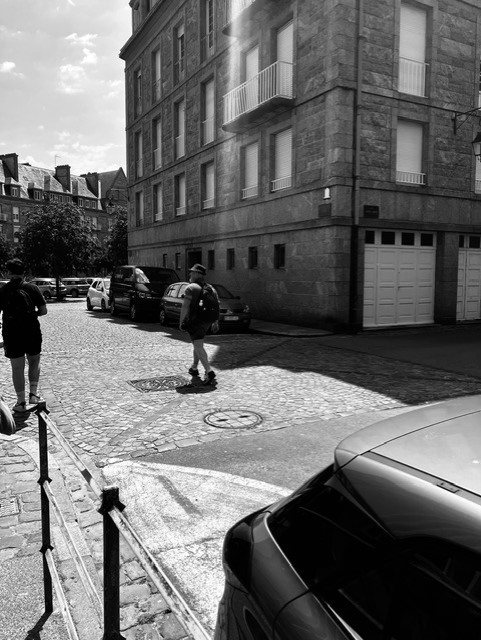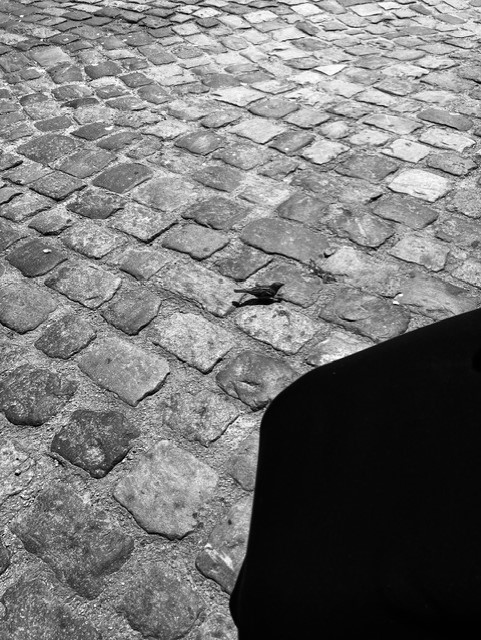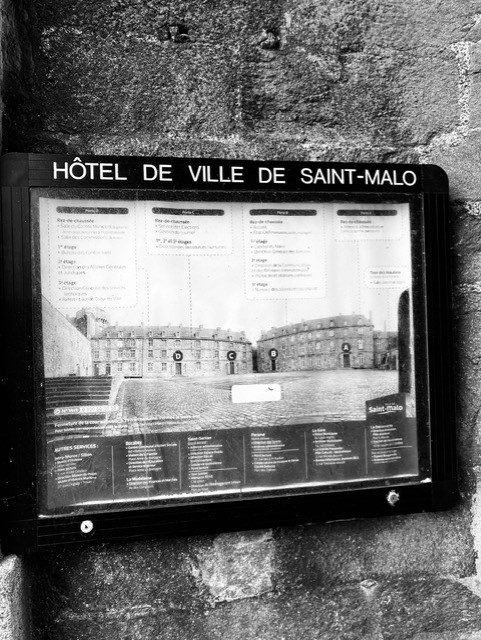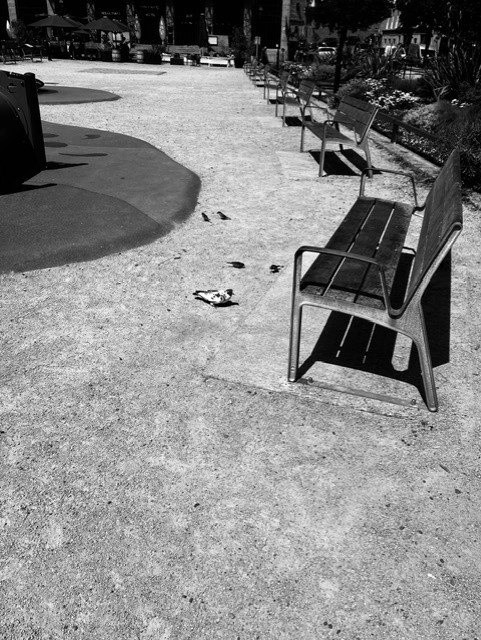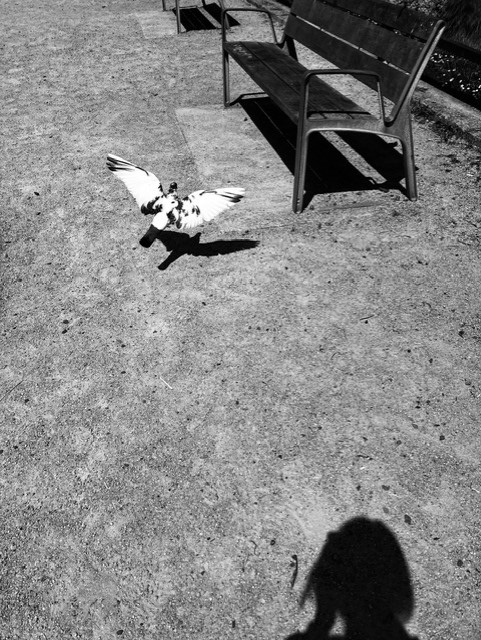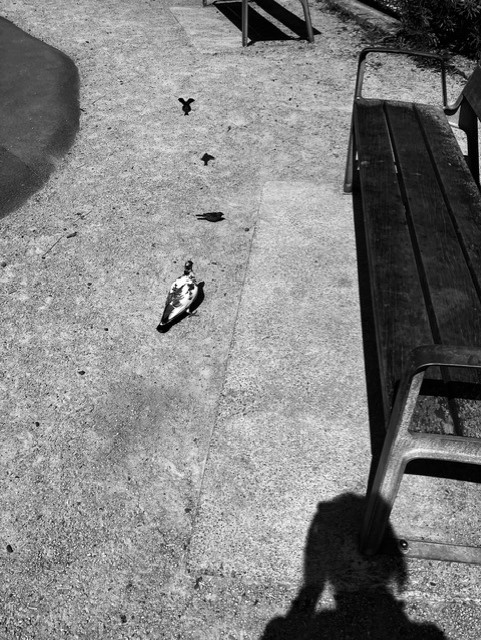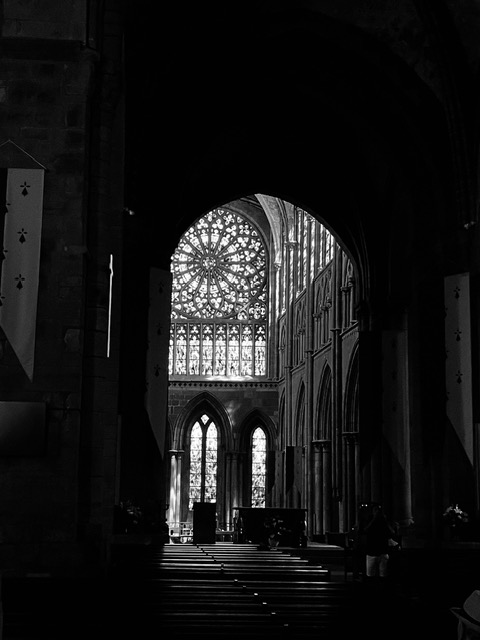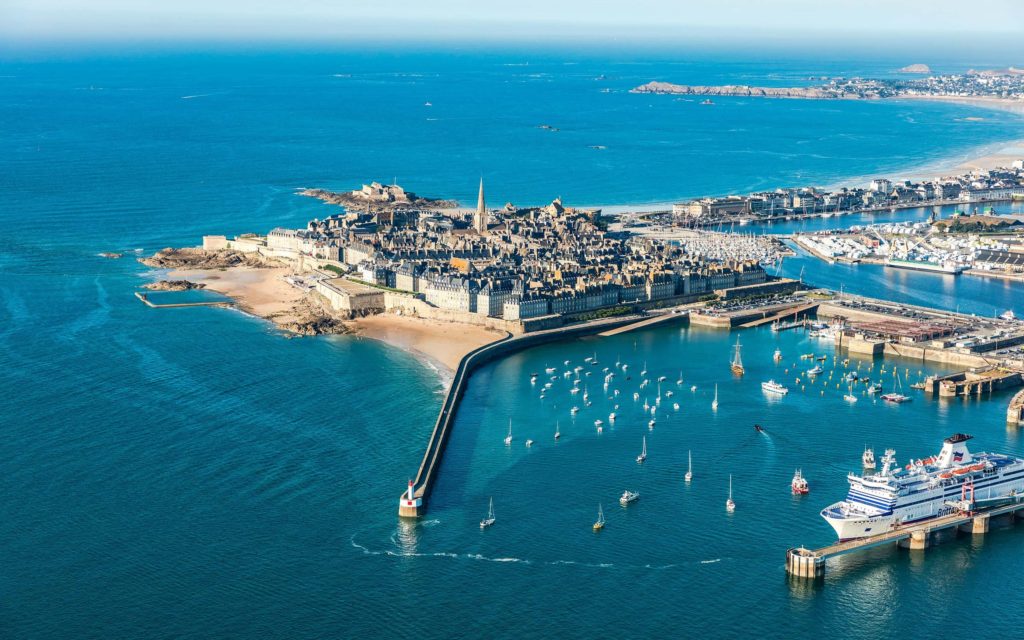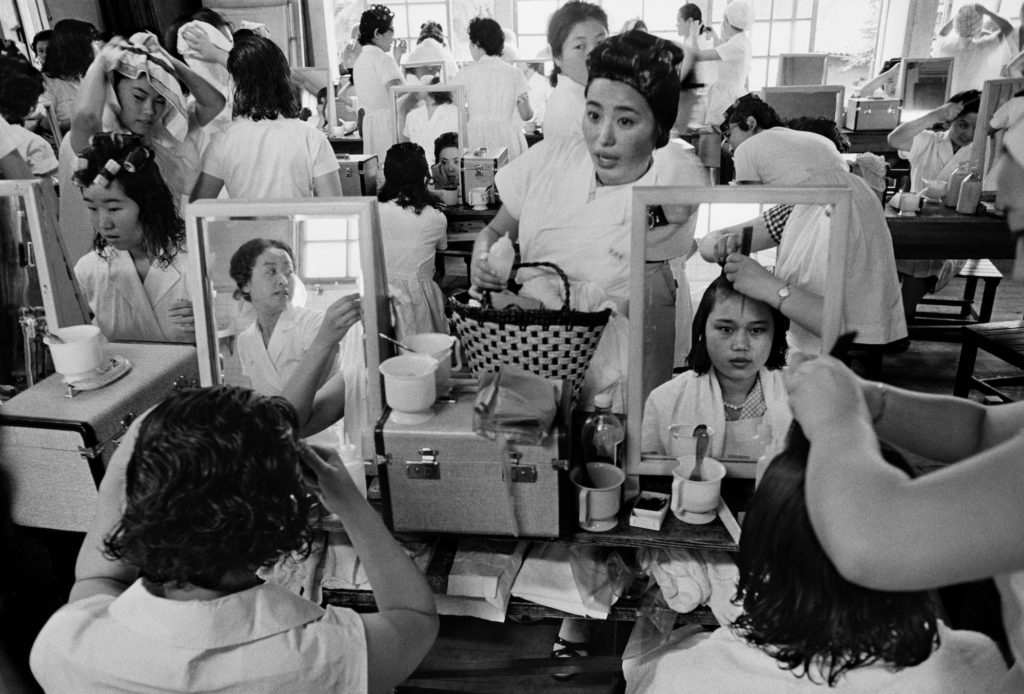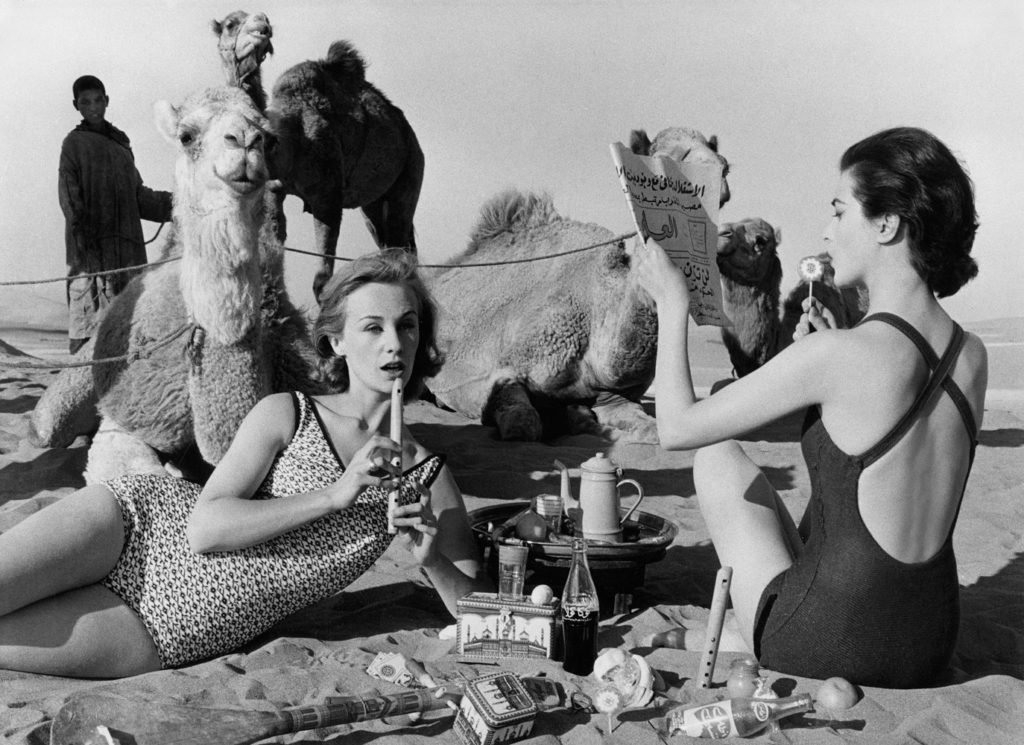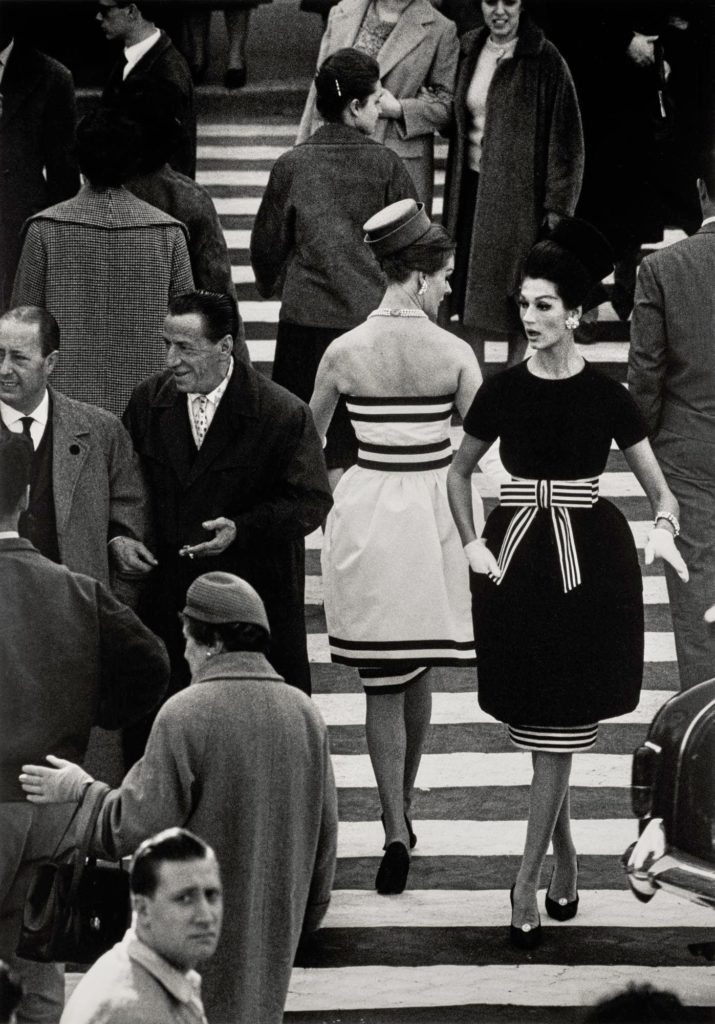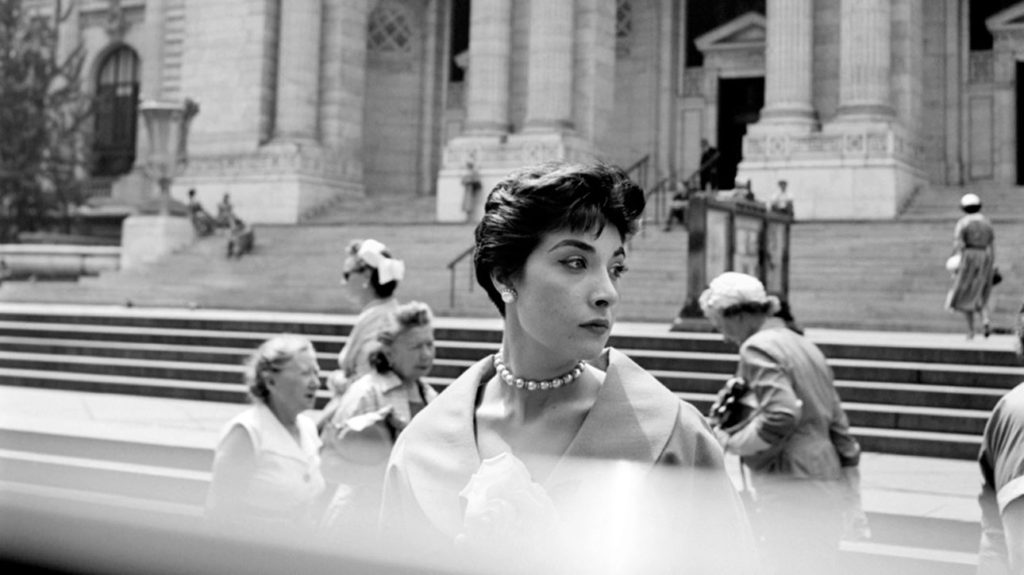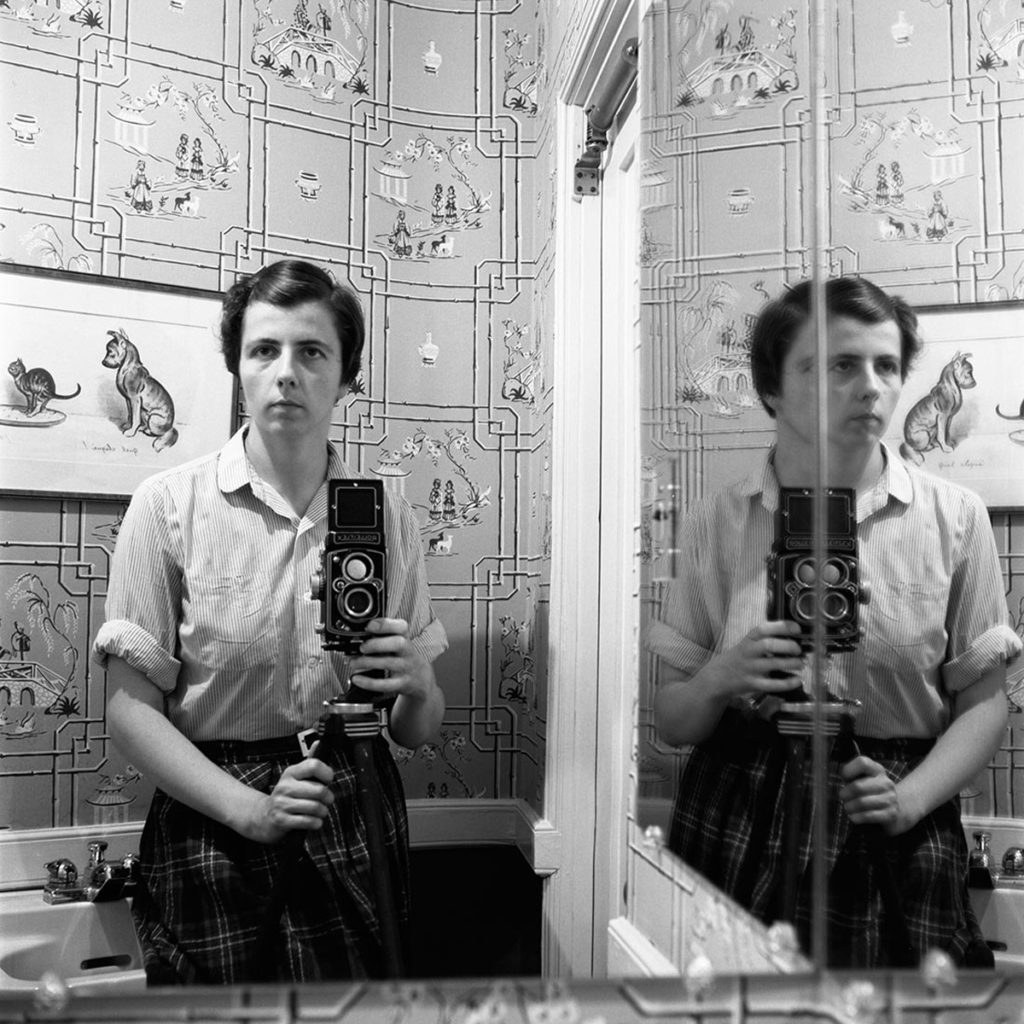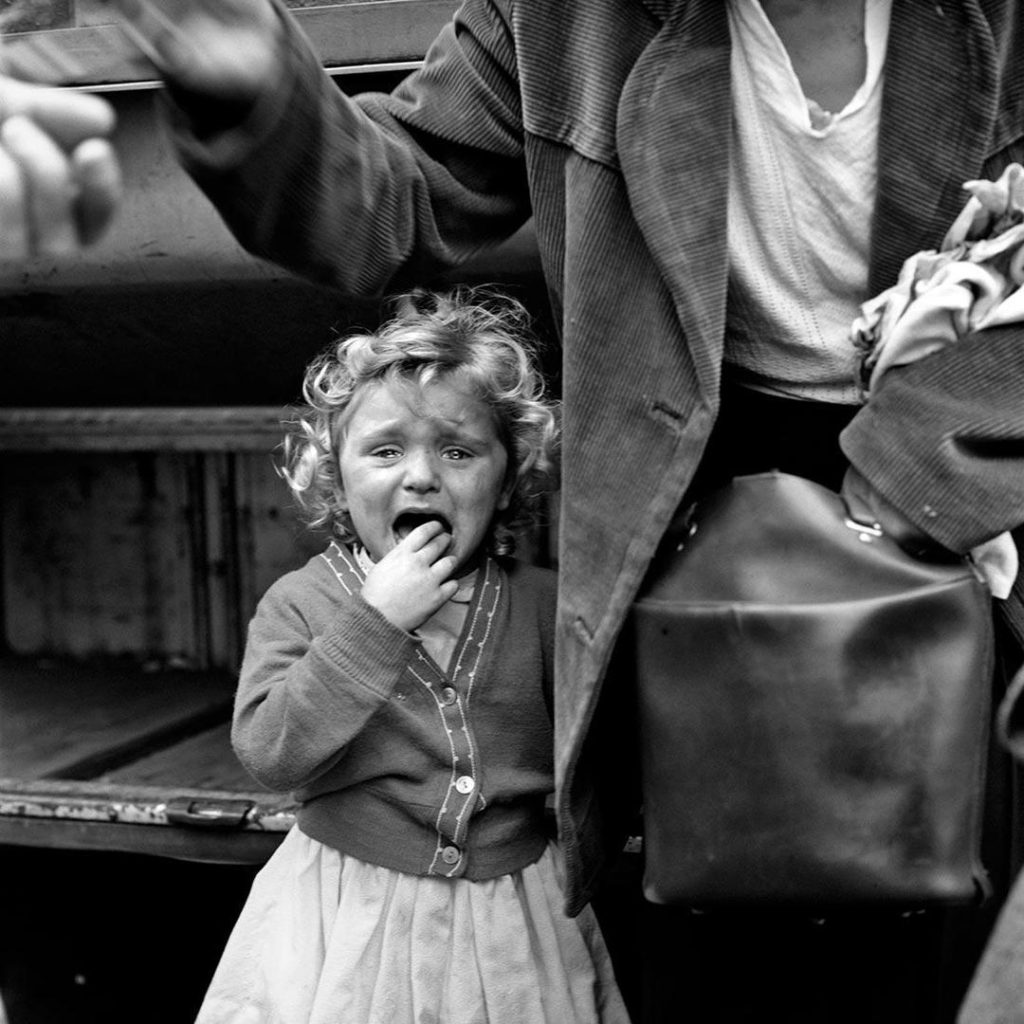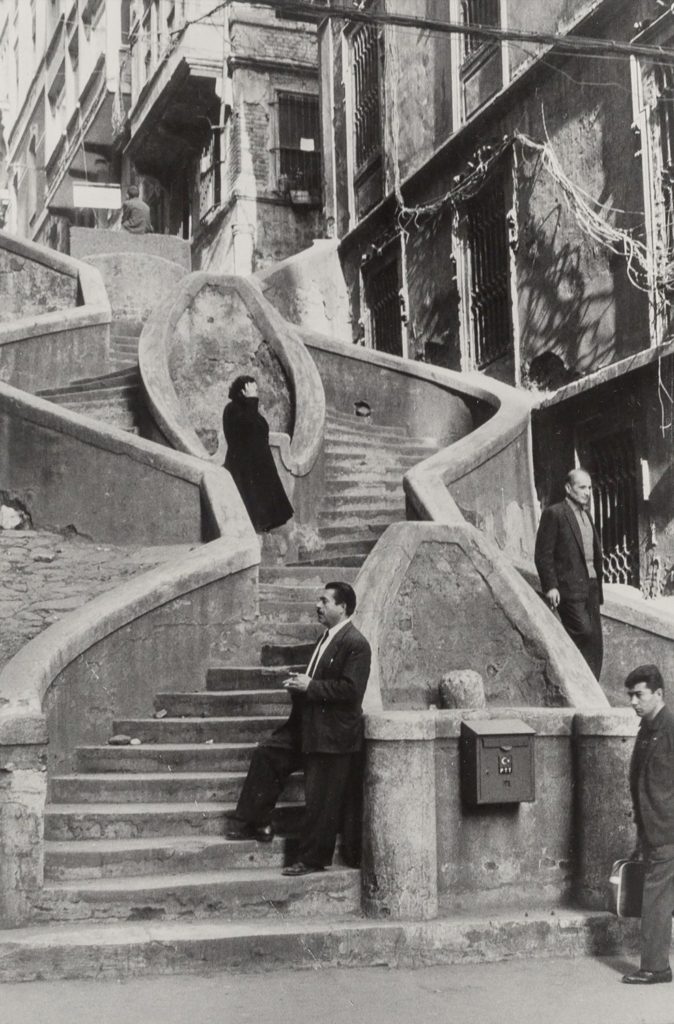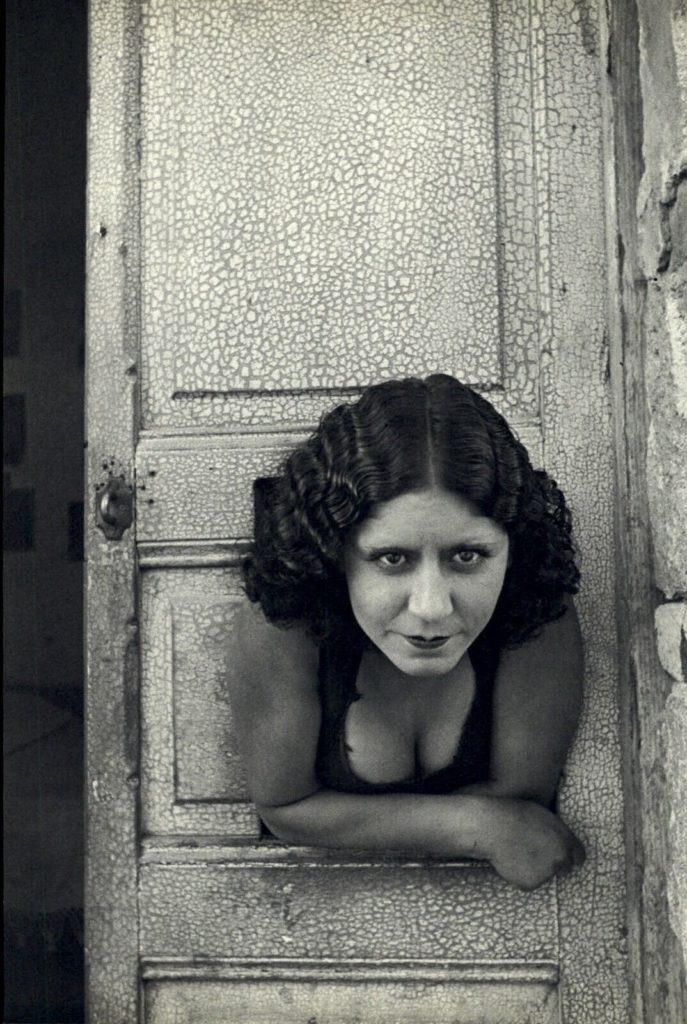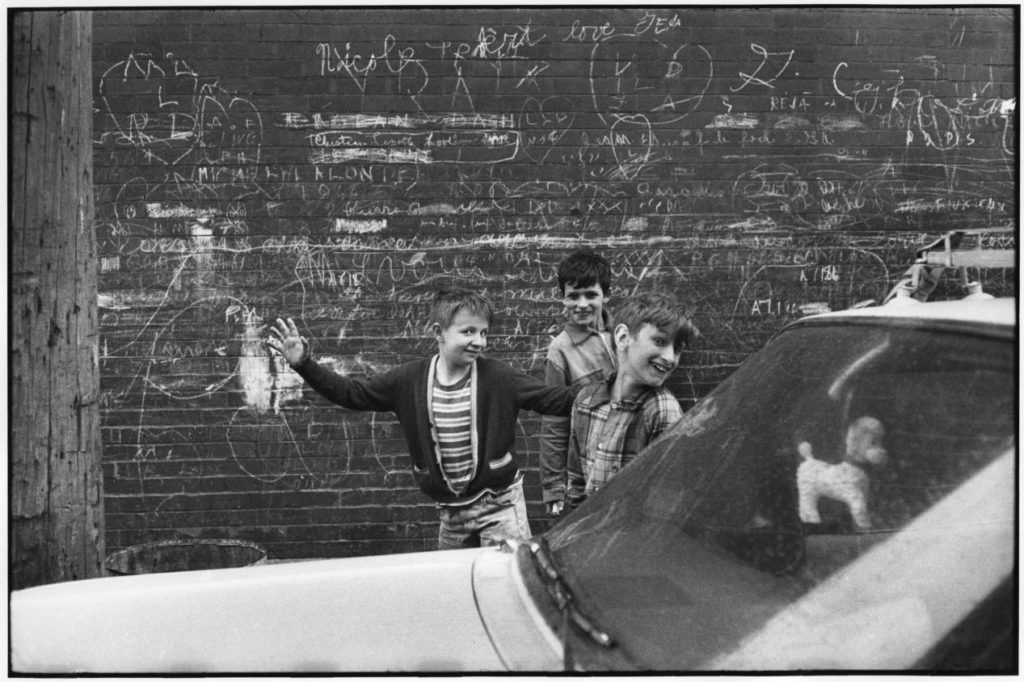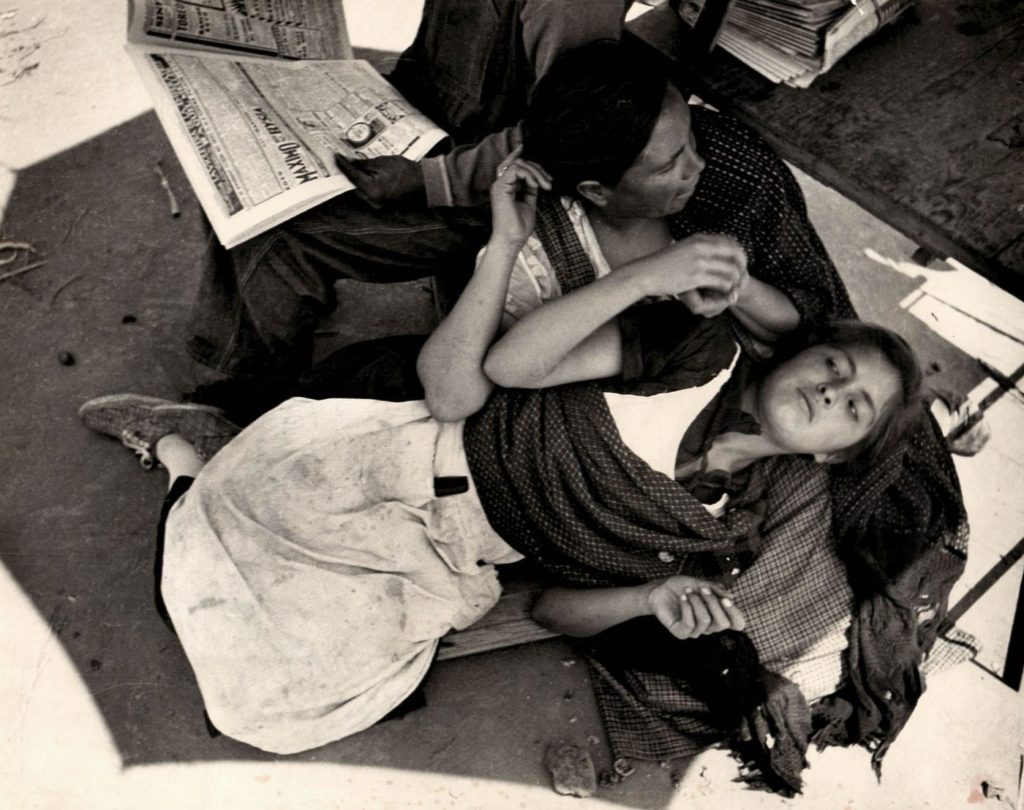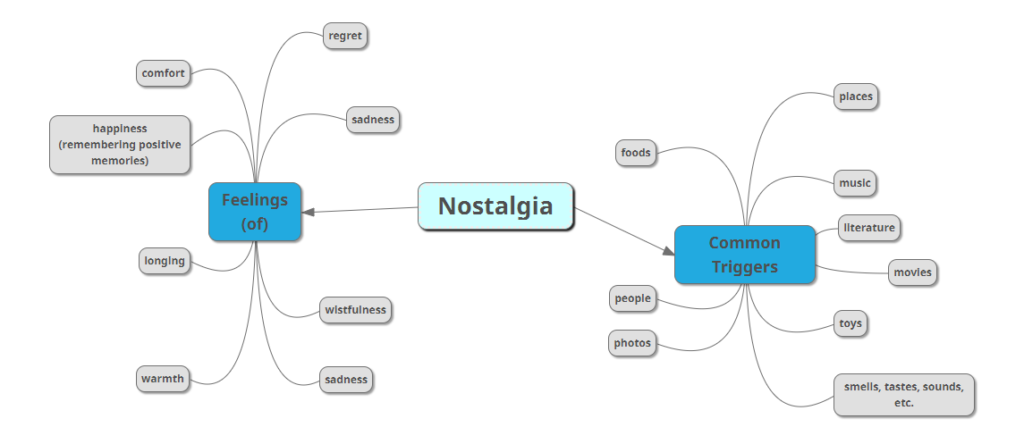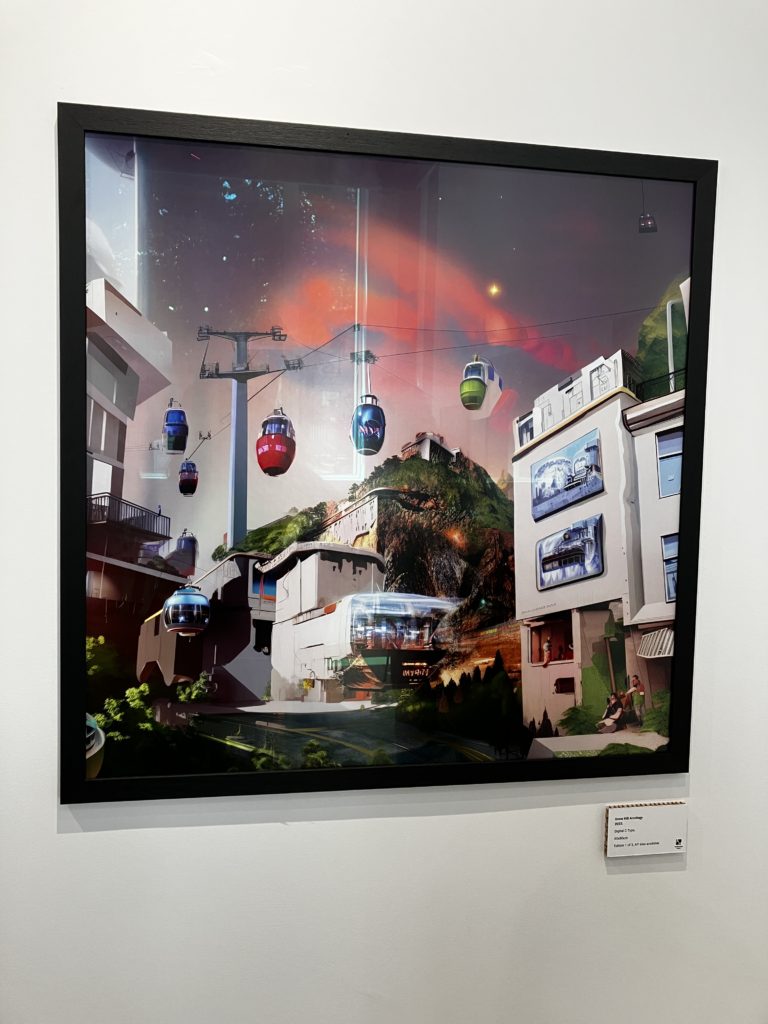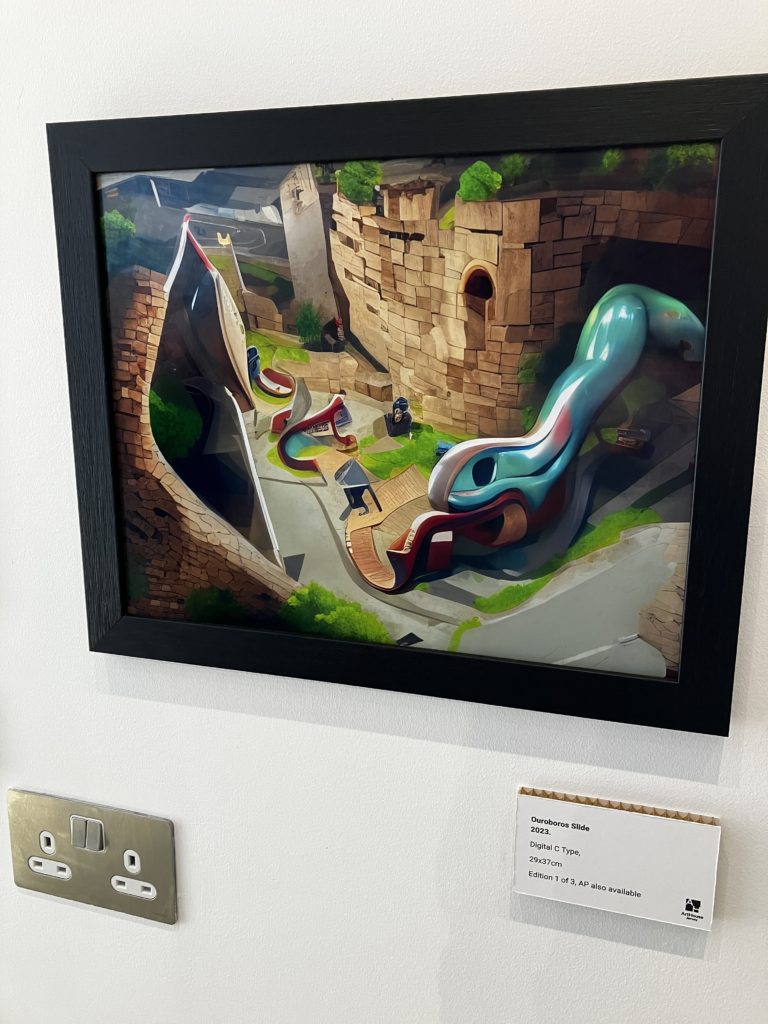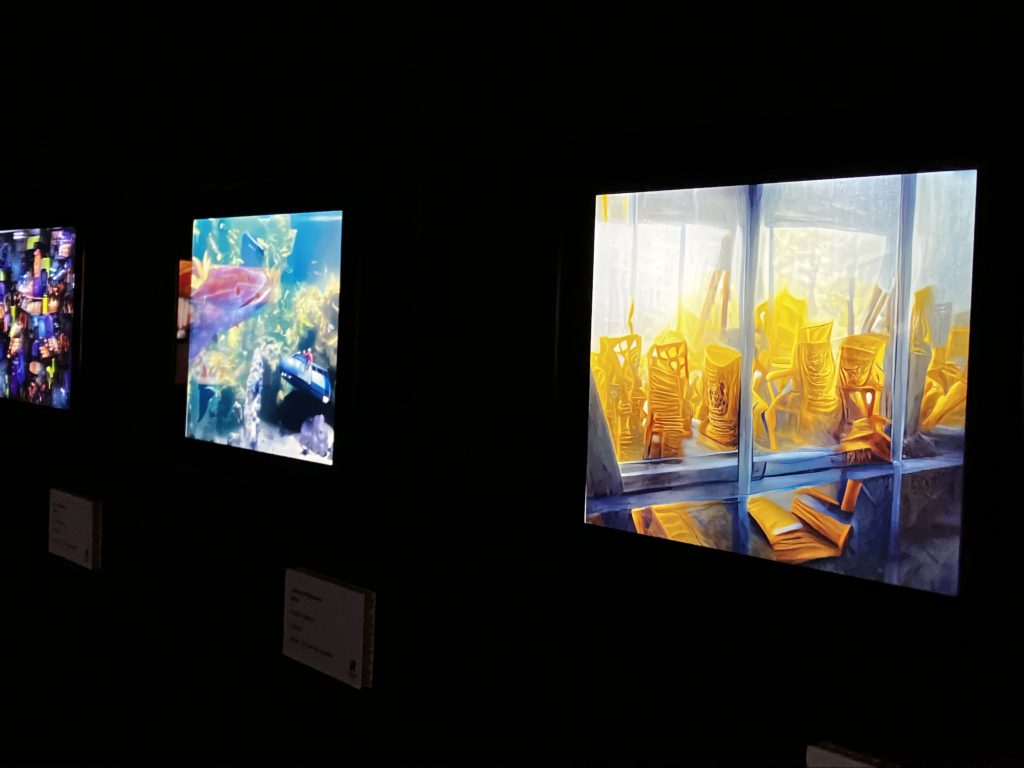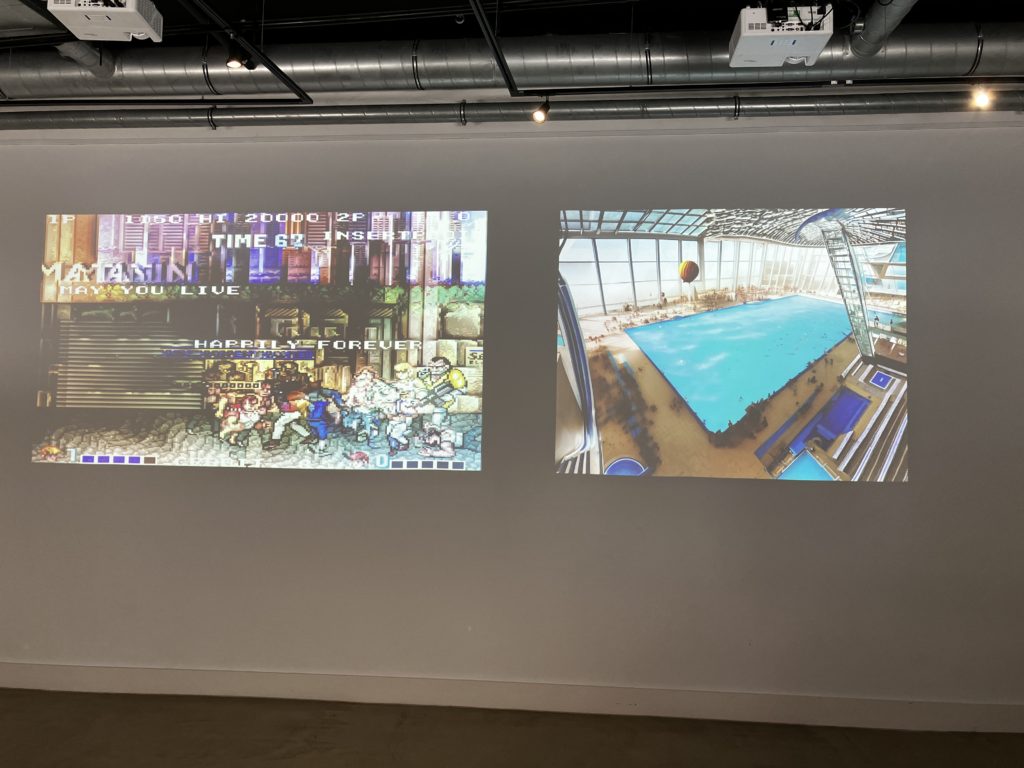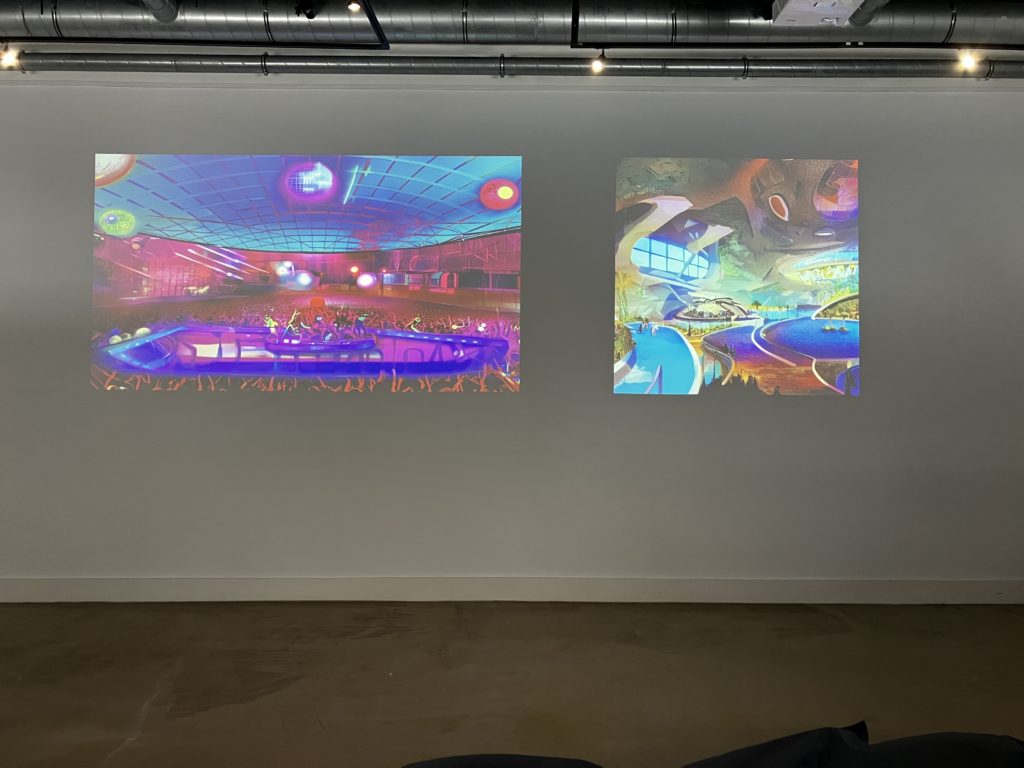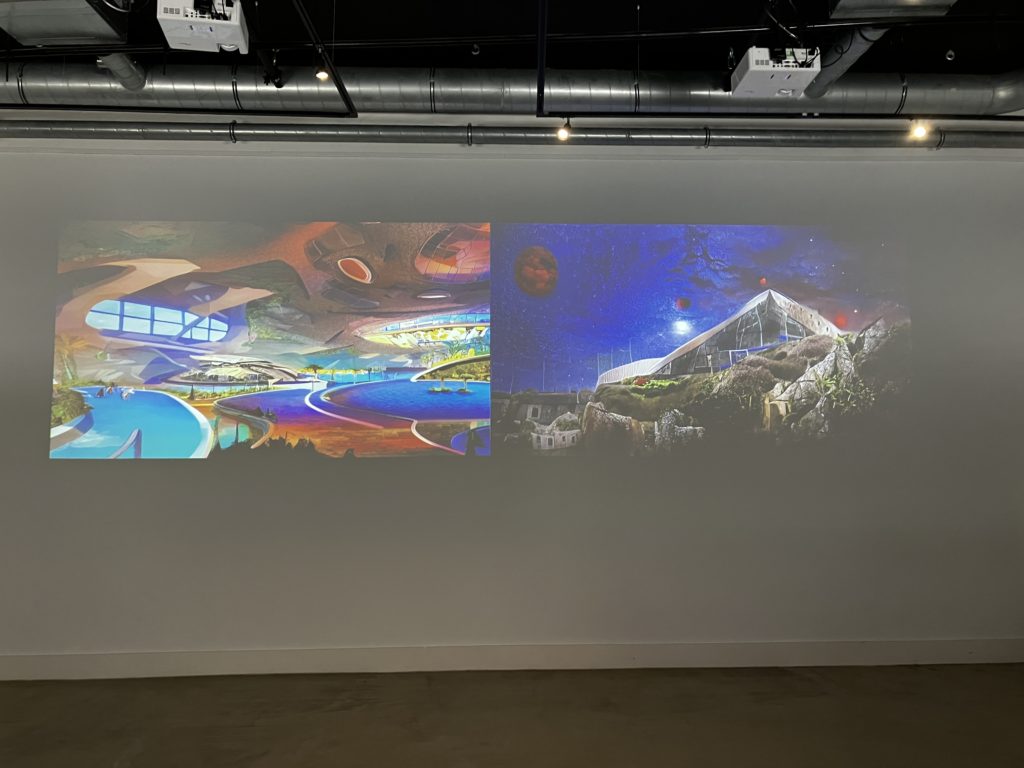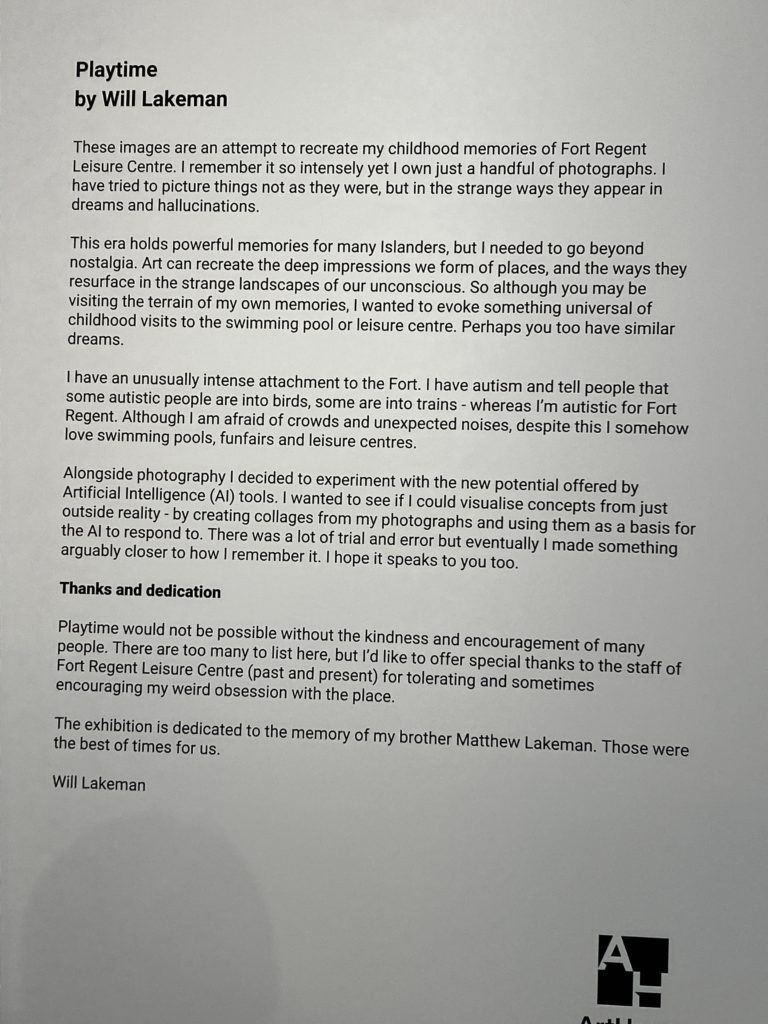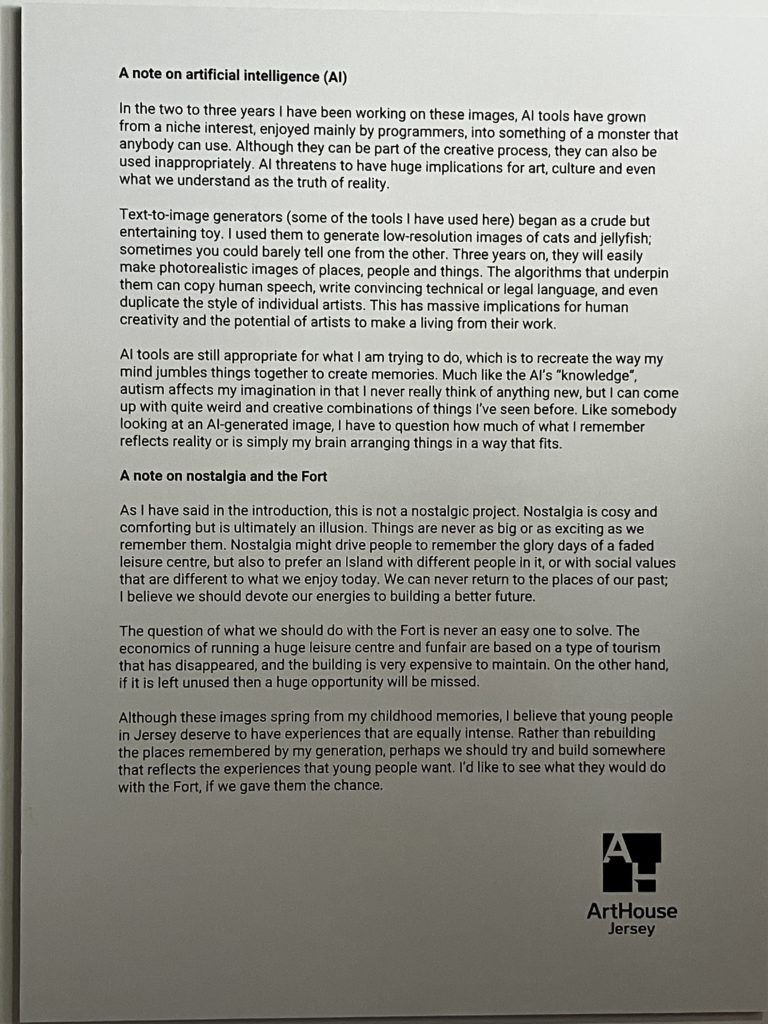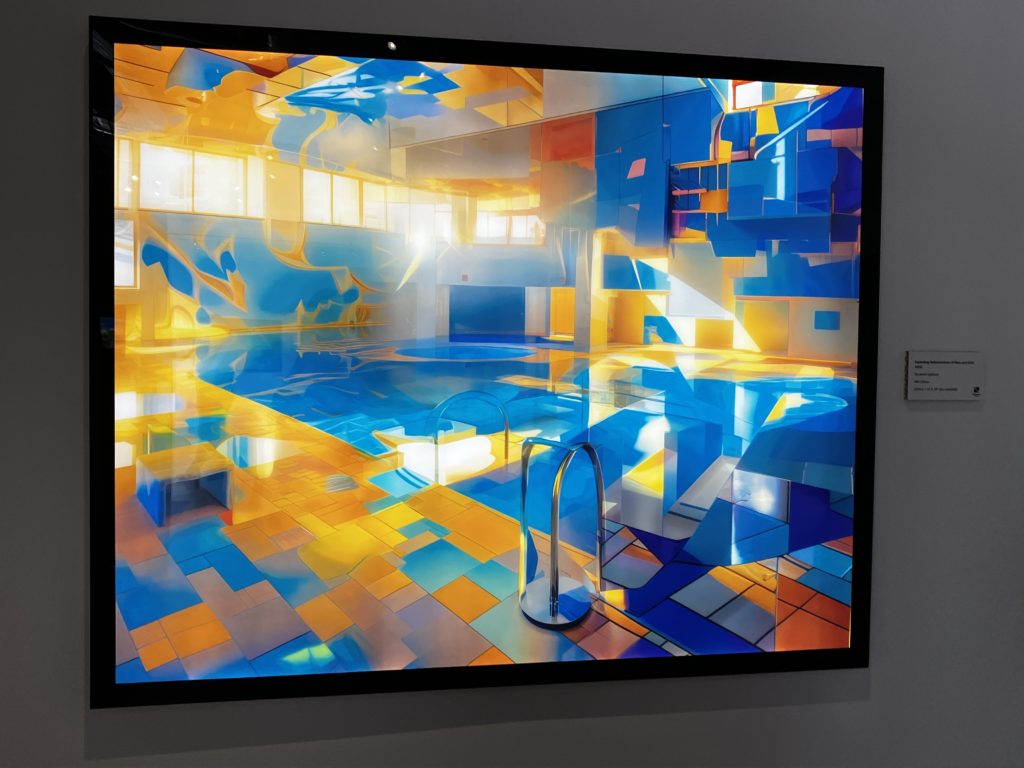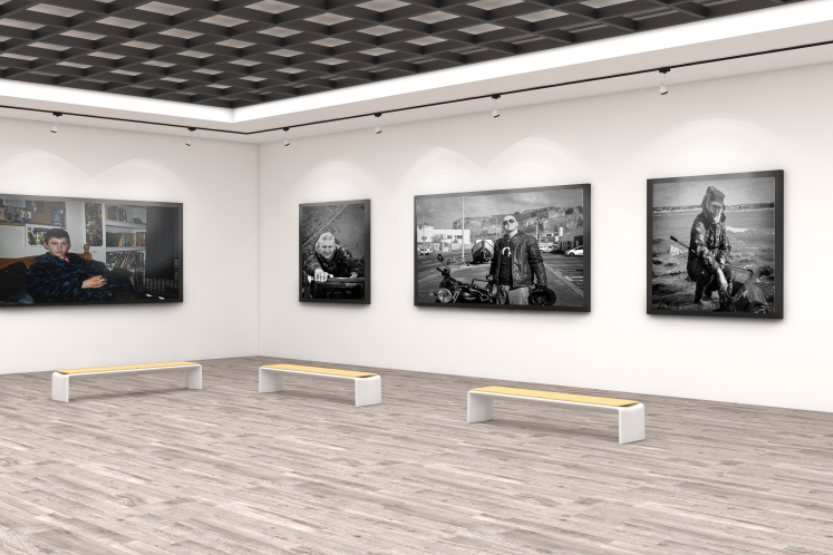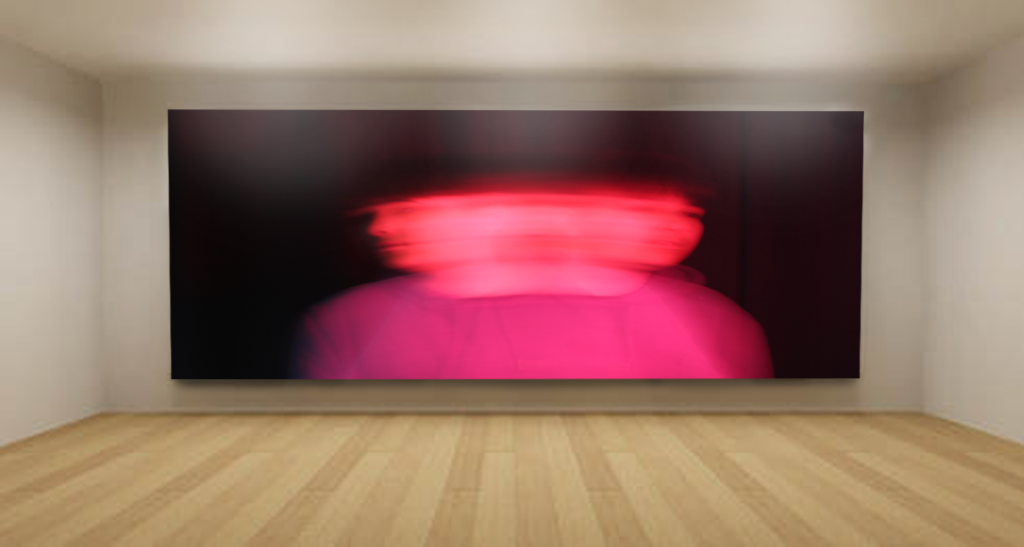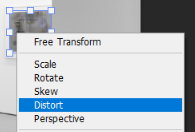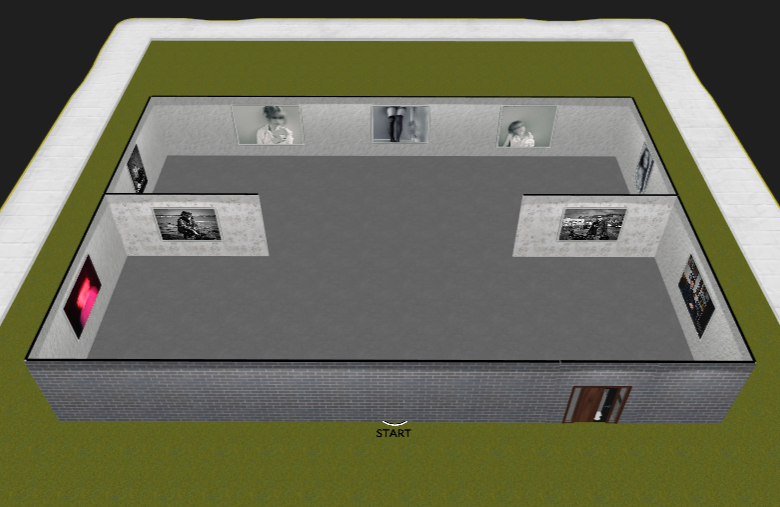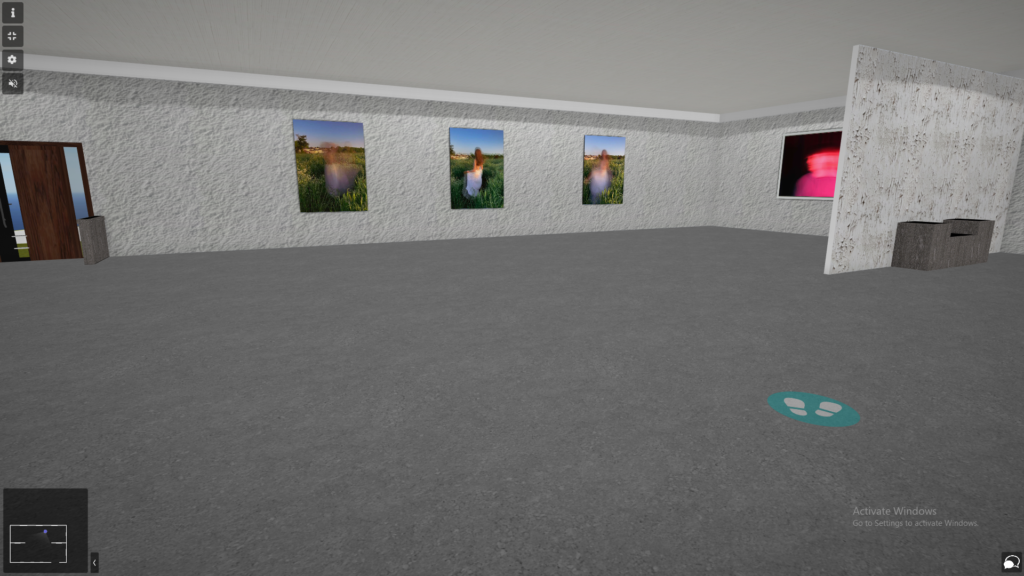Can a photograph lie?
‘Photographs furnish evidence. Something we hear about, but doubt, seems proven when we’re shown a photograph of it’
– Susan Sontag from her book ‘On Photography- In Plato’s Cave’
In our world today, photography is accepted as an art, being a form of expression. However it was not always like this. After its invention as a new technology in the early 19th century, photography was immediately seen as a threat to the world of art, artists refusing to see it as another medium. Photography was an outcast, being seen as a danger to artists and it was even believed that ‘when the process of taking photographs in colours has been perfected and made common enough, the painter will have nothing more to do’, as said by the artist Henrietta Clopath in a1901 issue of Brush and Pencil. This fear caused the early form of photography to create a sense of distaste in the minds of these seemingly closed- minded artists. It was a fear of a photograph being able to capture the likeness of something perfectly, in a way no artist could ever do. If not fearful of the new invention, critics were very dismissive of the new medium, one even saying how photography could never recreate ‘that refined feeling and sentiment which animate the productions of a man of genius’ in a 1855 issue of The Crayon. Therefore, photography was simply seen as a mechanism that recorded visual facts of the world, which contrasts with the more modern idea of photography not always being truthful. Despite photography having a primary purpose of representing reality, it can easily create illusions. In the essay I will be exploring how photos can depict made up scenarios, creating staged photographs.
Nowadays, AI has the same effect on the world as photography once had, if not even more extreme. Artificial Intelligence has a massive impact on our world, whether it is used to create images or generate text. AI is quite a controversial topic, provoking many disputes since it can easily deceive people with its ability of obtaining realism. AI is based on a massive amount of data that has been inputted into the internet, helping it become more and more accurate through the years. Today, we are at a stage where prompts can be put into generative AIs such like Midjourney which creates images based off of existing images and any prompts the user inputs and ChatGPT, a chatbot that can even produce essays on any topic. Despite such applications showing the development of our technologies, such programs create many issues in our society, even simple things that helping students with their homework. Most people are aware that AI has many benefits as well as dangers, but the dangers of it were especially highlighted when Geoffrey Hinton, commonly referred to as the ‘Godfather of AI’, stopped working with Google as he wanted to ‘focus solely on his concerns about AI’. Hinton believes AI could find a way to be ‘very good at manipulation’ and even find a way to ‘manipulate people to do what it wants’. Coming from someone with so much knowledge about the matter, it is quite concerning to learn that Hinton believes that ‘it (AI) will figure out ways of getting round the restrictions we put on it’. Judging by how quickly AI is generating, I think there is truth in this statement, especially coming from such a powerful individual. It does seem very extreme however, like something that would happen in the sci-fi movies that people my age grew up watching.
https://edition.cnn.com/2023/05/02/tech/hinton-tapper-wozniak-ai-fears/index.html – Why the ‘Godfather of AI’ decided he had to ‘blow the whistle’ on the technology.

In this essay I will be analysing the work of two artists: Robert Capa who created the famous ‘Death of a Loyalist Soldier’ and Philip Toledano who creates AI generated images of Donald Trump. Capa’s photo was arguably ‘staged’ and Toledano’s photo isn’t real, and I think these two images have a bigger link that people would think. Both of them could be controversial in the world of photography, especially the top one which appears as though it is a documentary photo.
Manipulating Images in the Past
When we think of manipulating/ editing images, we immediately think of Photoshop, or some other form of online editing program. However, photographic manipulation has been around since photography itself became a technology. It was done both in a darkroom and the camera itself. Developing pictures in a darkroom is a skill in itself, having to cut up the film, assure the temperature if the mixture is correct and there being a constant risk of ruining your images (a more in depth explanation in the video featured below).
Manipulating photos was a difficult process that took many hours in the darkroom to master. Some of the common techniques for darkroom manipulation are dodging, burning, and collage creating. Dodging decreases the exposure for areas of the print that the photographer wishes to be lighter, a commonly used editing technique to improve the overall look of an image. To do this you hold back or shade the problem area with a dodge tool (a piece of dark cardboard or plastic on the end of a thin metal wand). The dodge tool should be in motion during the exposure, as this helps feather/ smooth the effect and makes it blend into the rest of the photograph. It can also be used on shadows to bring texture into the print. On the other hand, burning is the opposite, when the majority of the image is well lit, so additional exposure would make it too dark. For burning, you add additional light only to the bright area. To do this you cut a hole in cardboard or use your hand in a cup shape to project a beam of light back onto the paper after the main exposure. Overexposure happens a lot in skies or if a heavy flash has been used. Burning is also used to add a vignette to an image.
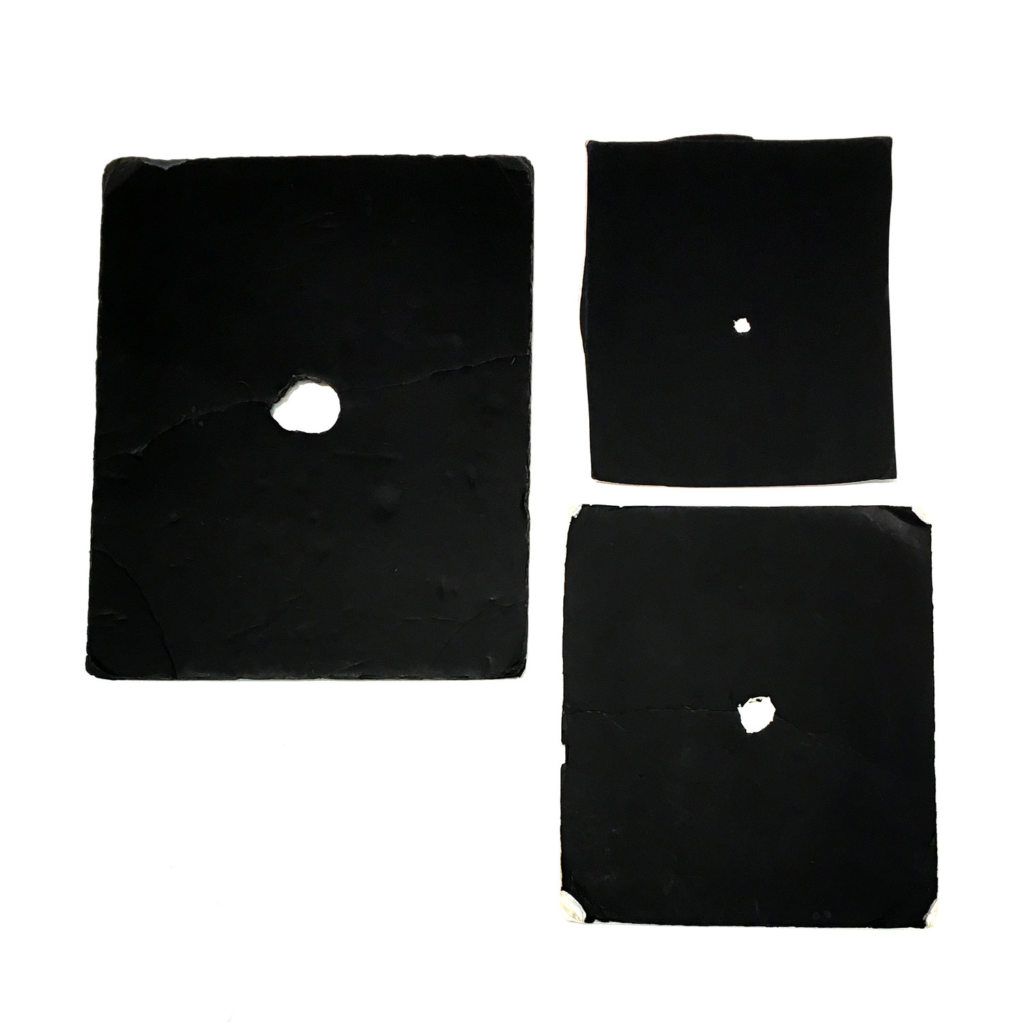


Collages or combining photos was also a popular technique used in photo manipulation. In the 1850s, French photographer Gustave Le Gray composited segments from several negatives to produce images (mostly seascapes) that had richer and more balanced tones than a single negative could produce. His technique gained popularity and became a good way of correcting photos by using different areas from a range of shots.
Pictorialism was a twentieth century movement that highly valued artistic expression in photography and intended to create photographs that were viewed as esteemed works of fine art. It was very different to the original dislike of photography, finally considering it as a medium of art. Pictorialist photographers used complicated techniques to manipulate their photographs and demonstrate proof of their hard work, such as the use of soft focus, special filters and lens coatings. For example, using a special diffusing lenses produced a softer, dreamier look. Straight photography is more concerned with realistic, straightforward depictions of photography, which opposes the manipulation used by pictorialist photographers.

‘Death of a Loyalist Soldier’ is a famous photograph claimed to have been taken on Saturday, September 5, 1936. It depicts the death of a Republican Iberian Federation of Libertarian Youth soldier, during the Battle of Cerro Muriano in the Spanish Civil War. This image is a simple one, with a bad composition, the sky undefined, however it is one of the most discussed photographs in the world. So what makes it so special? This photograph was taken by Robert Capa, a Hungarian–American war photographer and photojournalist, who look many action shots throughout his life. He took it while being in a battle field with a group of soldiers. Capa began to become inpatient and asked the soldiers to act out a war scene, jumping out of the trenches and pretending to shoot. After some time, Capa was photographing one of the soldier’s when suddenly he was shot (truly this time) by a sniper. When presented to the public, many disputes arose, questioning the photograph’s authenticity. Despite obviously being a real photo, if Capa hadn’t encouraged the men to jump out from the trenches, the man would’ve most likely have survived. So could this photo count as a documentary one, or was it staged?
Even after so many years, there are still many discussions about this photo. The main doubts began in 1975, but many were still being considered in the 2000s. In his 2009 book, ‘Sombras de la Fotografía’ (“Shadows of Photography”), José Manuel Susperregui of the University of País Vasco noticed that landscape was from Espejo and not Cerro Muriano, where Capa claimed it was taken. Furthermore, the 2007 documentary ‘La sombra del iceberg‘ claimed that the picture was staged and that Borrell (the man who reportedly died that day) is not the individual in the picture. Considering this, the credibility of the photo being ‘real’ without any distortion of the truth is disrupted, however I do believe this photo still counts as a documentary photo. I understand the way the picture could be viewed as staged, since the acting Capa encouraged did contribute or even result in the man’s death, many of the ‘facts’ supplied by Capa proven to be inaccurate. Despite this, the precise moment this photograph captured was real, the man’s death one of many that occurred due to the civil war, by a sniper who most likely had no idea about the photographing taking place. The photo still captures the essence of war, the suffering and insignificance of lives that war portrays. War photography is an attempt at capturing moments that represent the true horror of it, as this photo does.
Manipulating Photos Today
Since 1980, around when the digital age began, photography has been much more successful in altering reality, since the manipulation process has gradually much simpler and more effective. Digital cameras have many functions nowadays, whether it is controlling the exposure or shutter speed, or even immediately applying colour filters. I believe that staged photographs are much more common these days, and that truthful documentary photos are quite rare- due to the amount of editing and staging that occurs in the photography industry.

There are also many types of software that help with image manipulation, the most famous being Photoshop, which makes it extremely simple to adjust photos and change their look. Photoshop and other similar software can even add, erase and stitch together areas of photos, allowing photographers to choose what story their photograph portrays. Despite it creating many controversies and misshaping reality, I think photographers mainly utilise such tools to make their work more interesting, beautiful and artistic. It can create issues however, as undeniably manipulation of photos in the past was mostly only used to enhance the quality/ effectiveness of a photo, whereas now it can be single subjects that are changed (mostly people) and made to look ‘better’ or more interesting. This is mostly seen in fashion magazines, that change the looks of celebrities and models to fit into society’s harsh stereotypes even more. However, it can also be found in seemingly trustworthy places like documentary magazines, making images look more dramatic to attract more attention, rather than showing people the reality.

right: unedited image of Lady Gaga from same versace photoshoot
Many, if not all photos of celebrities that are seen in magazines like Vogue, are edited and changed to look more appealing. The example above clearly indicates this.

This is a AI generated image prompted by Philip Toledano of Donald Trump working at a fast food restaurant, a complete opposite of his real life. He uses MidJourney to create his work and gains some interesting results. Despite the background of the image being slightly obscured, some of the people having distorted faces, at first glace this image is still very realistic- provoking a reaction. This example is clearly generated, Trump would never have a picture taken in such a place due to his high social status, however, Toledano still receives a lot of comments and responses to these images. He wrote how these pictures are an ‘exploration of what might be his (Trump’s) deepest fear- to become what he despises the most’ and I think this is a very interesting use of AI. This image is very enticing as it shows an entirely different side of Trump, and almost mocking him in the process, showing how he is still in fact a human and isn’t ‘better’ than others. It has a strong message of equality within it, with is why I think Toledano’s work is so powerful.
Generative AI such as DreamStudio, Midjourney or DALL E 2 is becoming better and better each day, using either specific photos you put into it or data from the internet. It creates such images from taking information from real pictures similar to the prompts we give it, however, managing to make them completely unique and original, or in different words, making them entirely fake.
Toledano mentioned how ‘AI has its own voice’ and I think this is a very interesting observation. AI creates photos in a way no human ever could, despite it’s outcomes being purely based on images that were taken by humans. Moreover, despite being given prompts, AI doesn’t always apply them all, sometimes even adding things, seemingly making it’s own decisions. I do however think that AI is much more limited than people, lacking imagination and I don’t think that is something it will ever have.
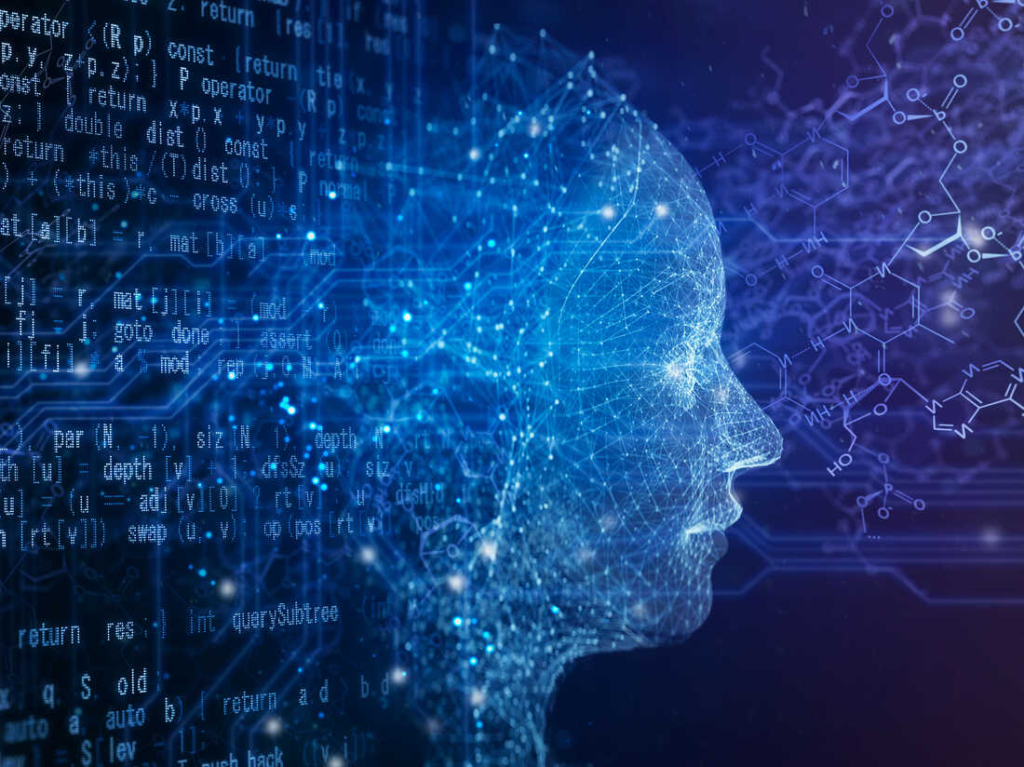
So, can a photograph lie? I think any photograph can lie, however it is mainly due to it’s manipulation and the photographer. Both of these pictures have some aspect of a lie within them, despite one being real and the other fake. Robert Capa’s photo is a lie since a lot of the information about it is questioned or has even been proven wrong, the moment itself (although real) heavily influenced by staged photography. Philip Toledano’s image is AI generated, having no truth in it whatsoever. Both the photo and AI generated images have a great affect on society, however are images slowly becoming more and more untrue? Manipulation of photos is given much less though and effort than it used to, being made simpler by software and AI. Nowadays, photos can completely change or even make up scenarios, whereas in the past they could simply slightly distort it. I don’t believe this is a negative but it is something humans should be wary of, and should learn to not trust everything we see. I think we are much more aware of such manipulation than past generations were however, as Capa’s legendary photo provoked so many reactions and debates due to its lack in reliability. In contrast, editing these days doesn’t create such confusion, except possibly merely giving us something to think about. I think AI is a next big step in the manipulation of images, provoking many different reactions (especially when very realistic). With a click of a few buttons, anyone can create beautiful art or horrific rumours, things we have not learnt to be prepared for. I think photography will always play such an important role in our daily lives as it does today, perhaps even more in the future since it provides us with so much knowledge and leads to many new technologies and findings. On the other hand, I believe AI will slowly be more and more normalised, but will also cause people to be much more hesitant and make anything and everything on the internet untrustworthy, which is a disturbing thought. Our world will never stop developing, which has its positives as well as negatives, and I just hope we will develop with it and learn to control it.
Bibliography
Korn. J (2023), Why the ‘Godfather of AI’ decided he had to ‘blow the whistle’ on the technology. CNN: https://edition.cnn.com/2023/05/02/tech/hinton-tapper-wozniak-ai-fears/index.html
Rod. S (2021), The Contrasting Ideals of Pictorialism and Straight Photography. Scalar: https://scalar.chapman.edu/scalar/ah-331-history-of-photography-spring-2021-compendium/shanya-rod-essay 3#:~:text=Pictorialist%20photographers%20used%20extensive%20techniques,Pictorial%20Photography%2C%E2%80%9D%20Peter%20C.
Sontag. S (1971), On Photography. London: Penguin Books
Teicher. J (2016), When Photography Wasn’t Art. JstorDaily: https://daily.jstor.org/when-photography-was-not-art/
(2016), Dodging and Burning. Panopticonmaging: www.panopticonimaging.com/wordpress/post_id-4
(2021), The Falling Soldier: The story behind this iconic photograph, 1936. RareHistoricalPhotos: https://rarehistoricalphotos.com/falling-soldier-1936/#:~:text=The%20Falling%20Soldier%20became%20famous,practice%20at%20the%20time)%20staged.

